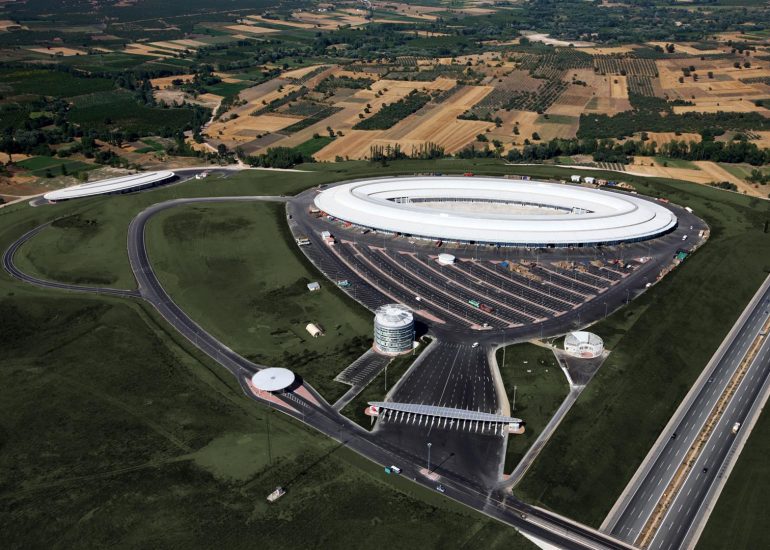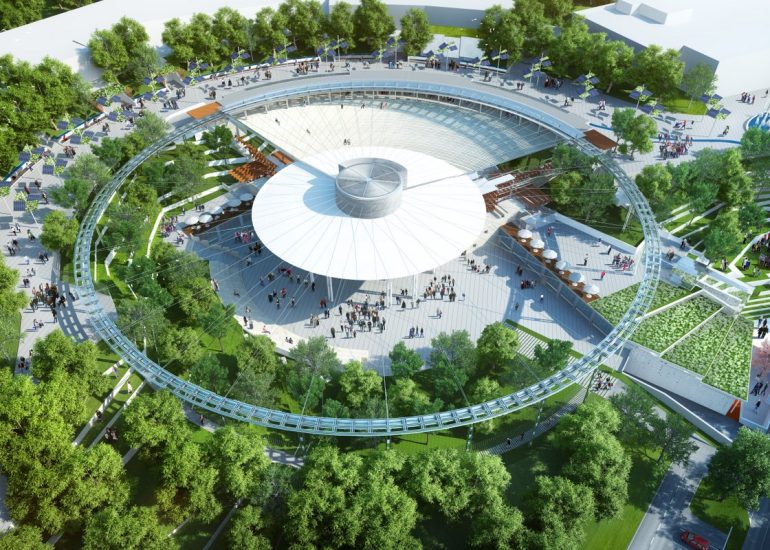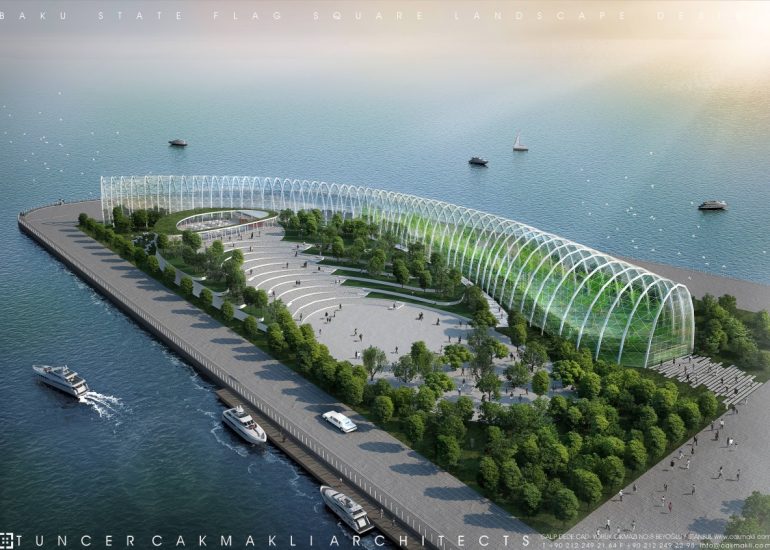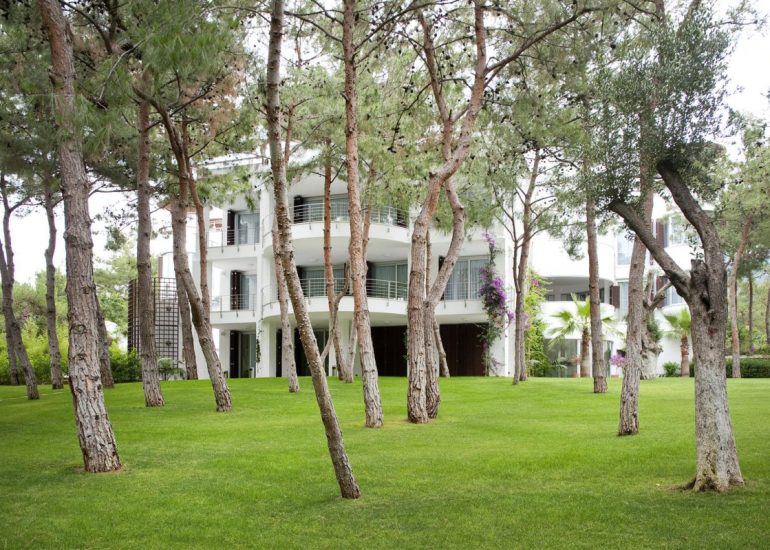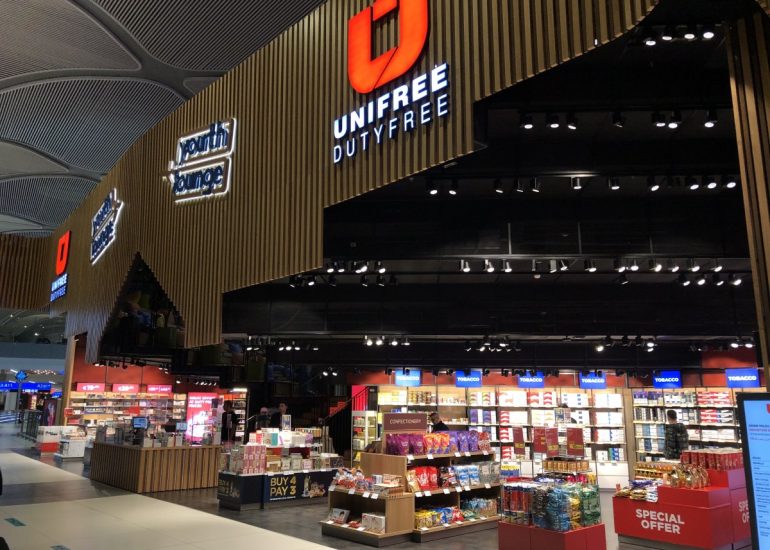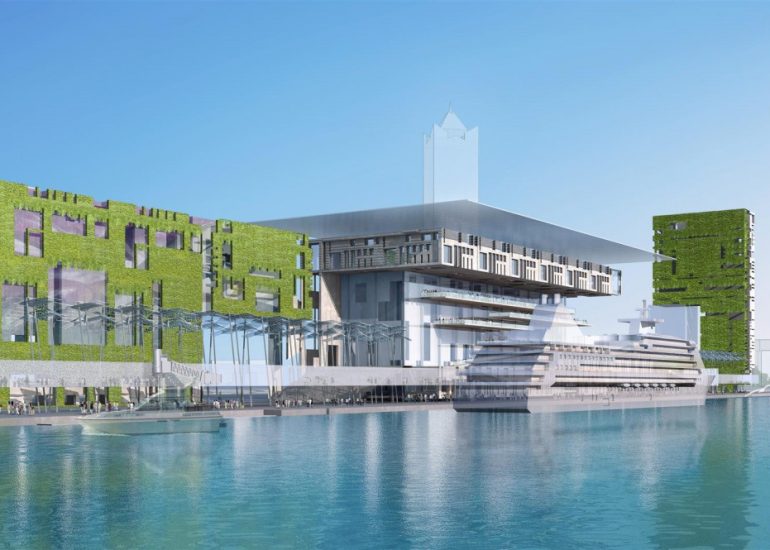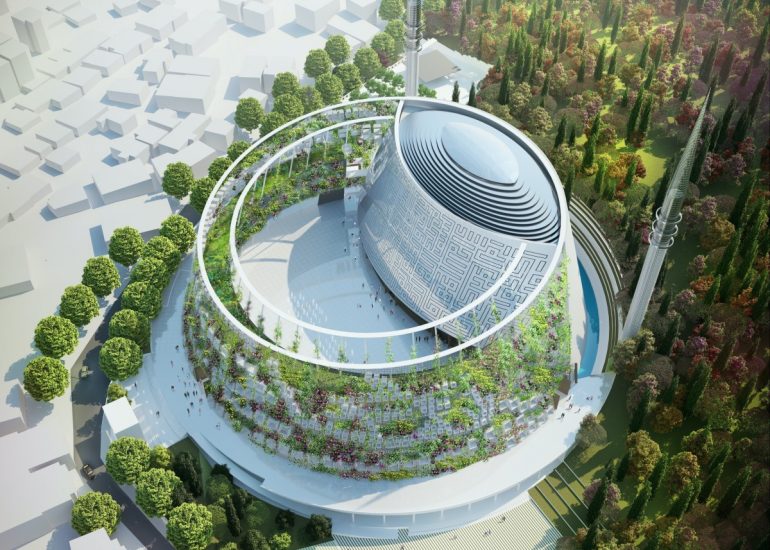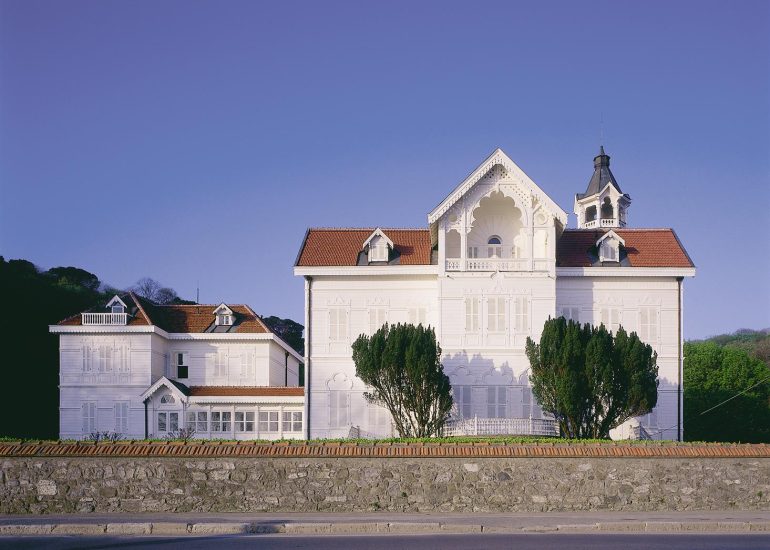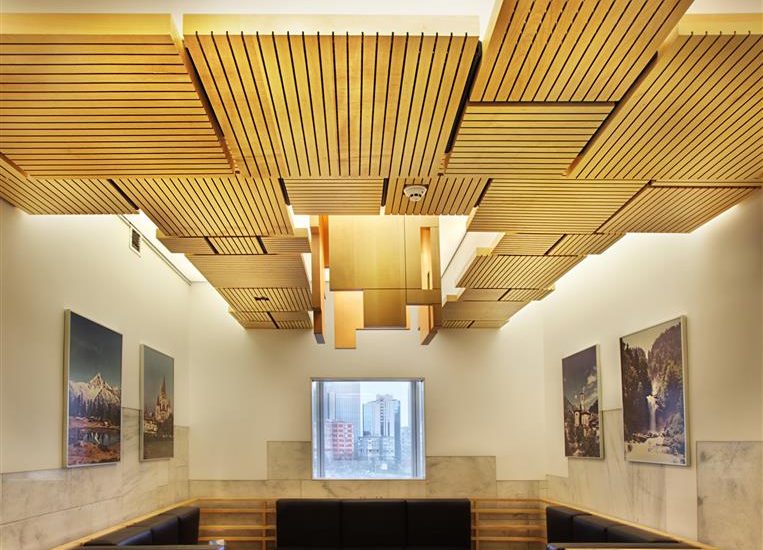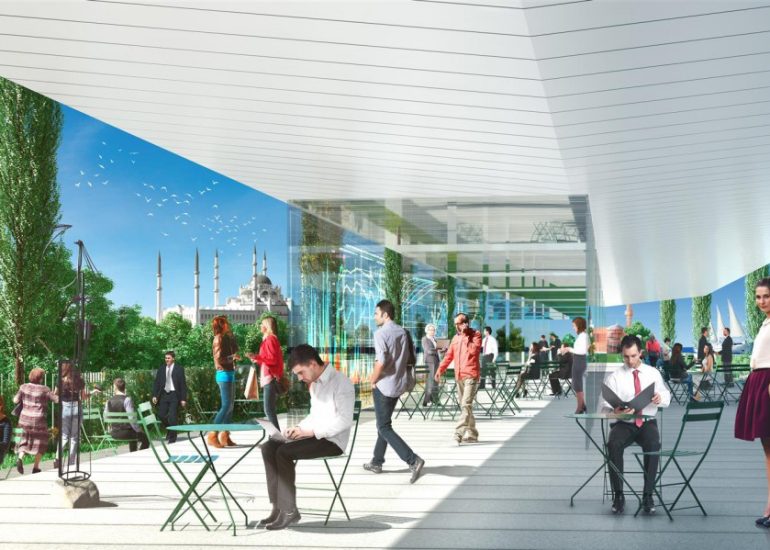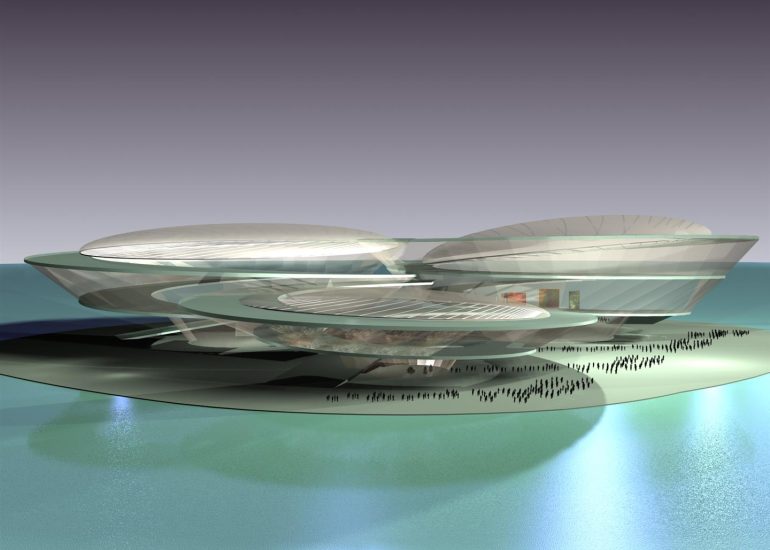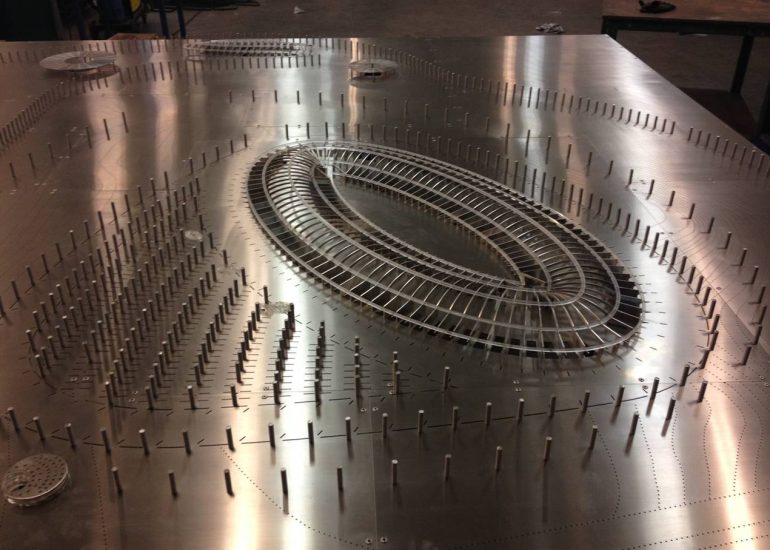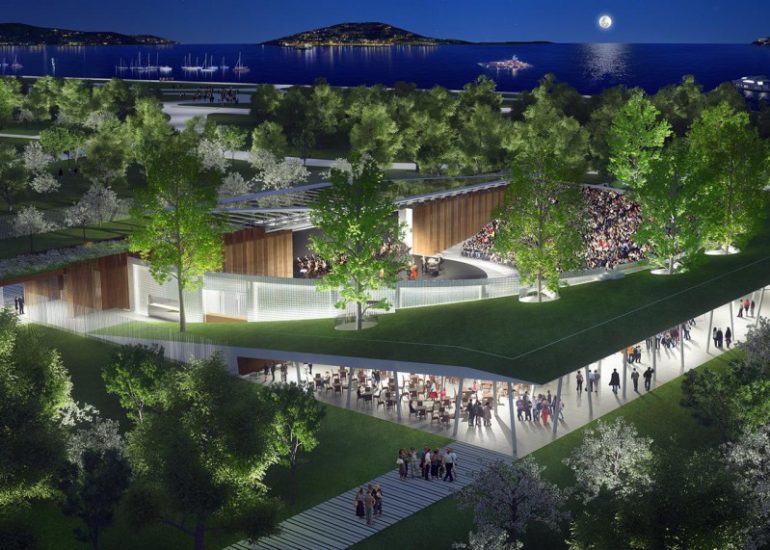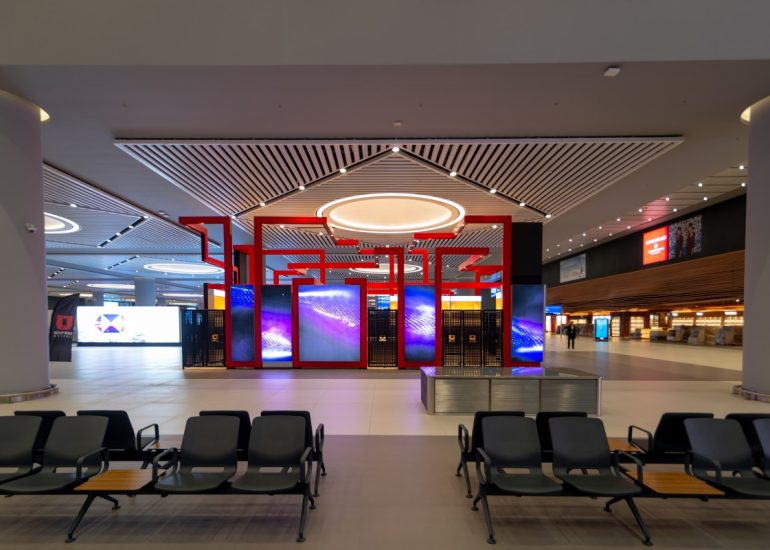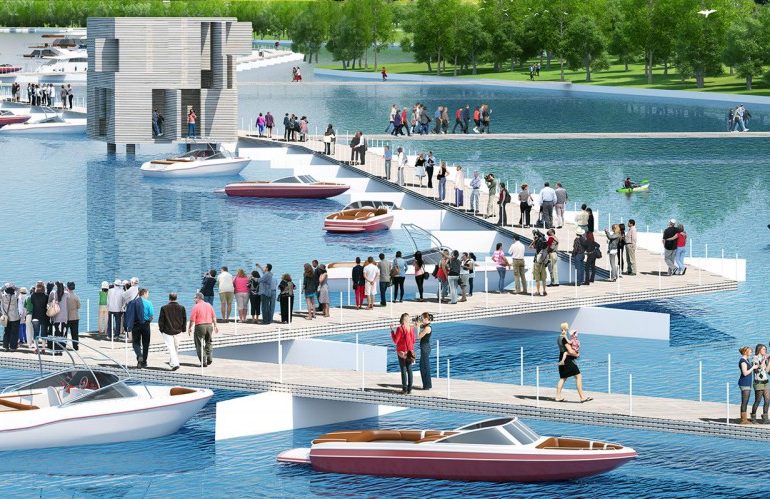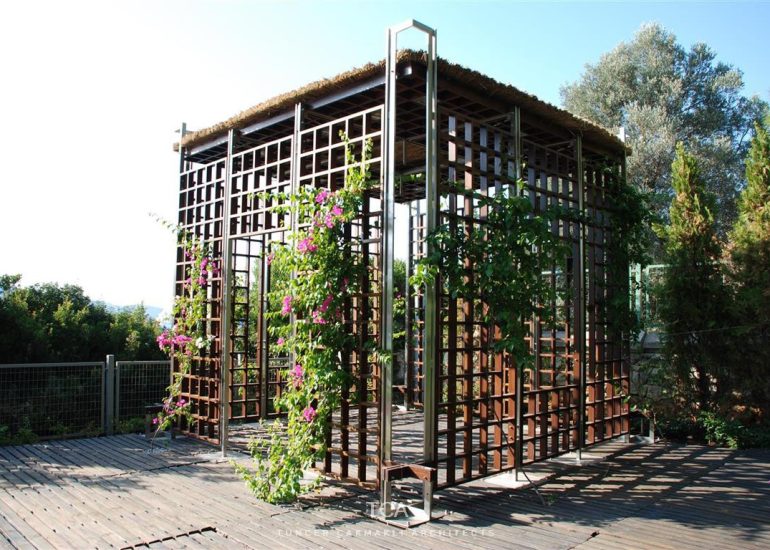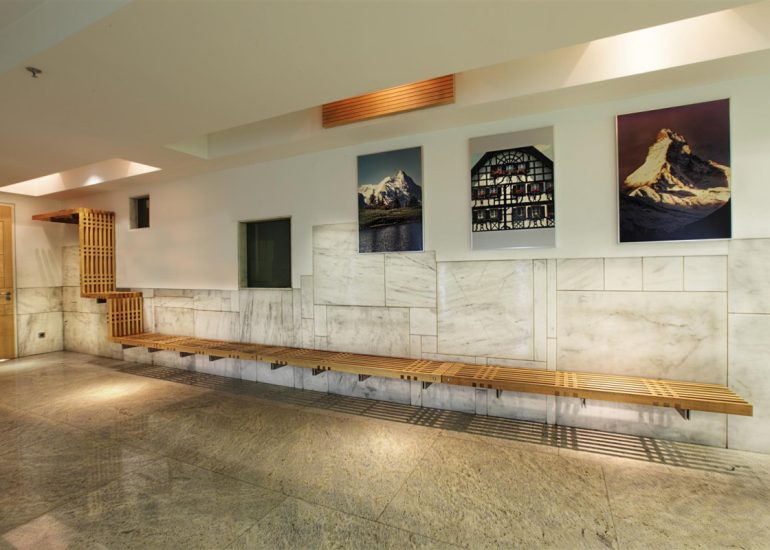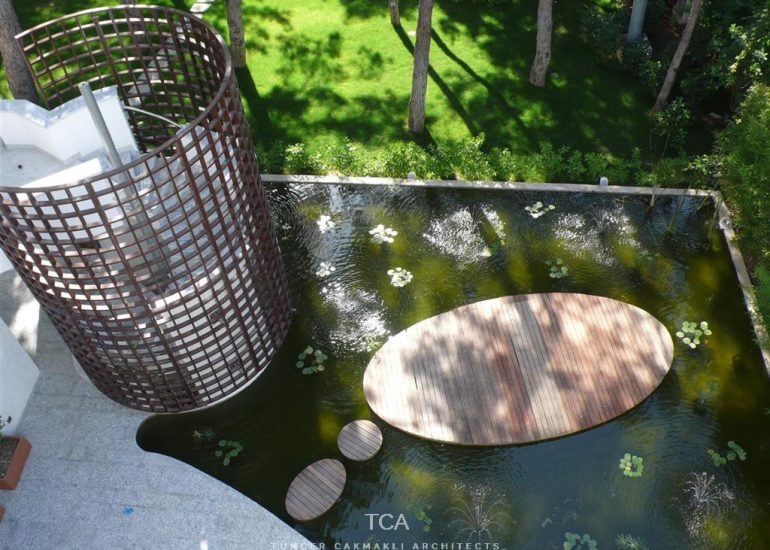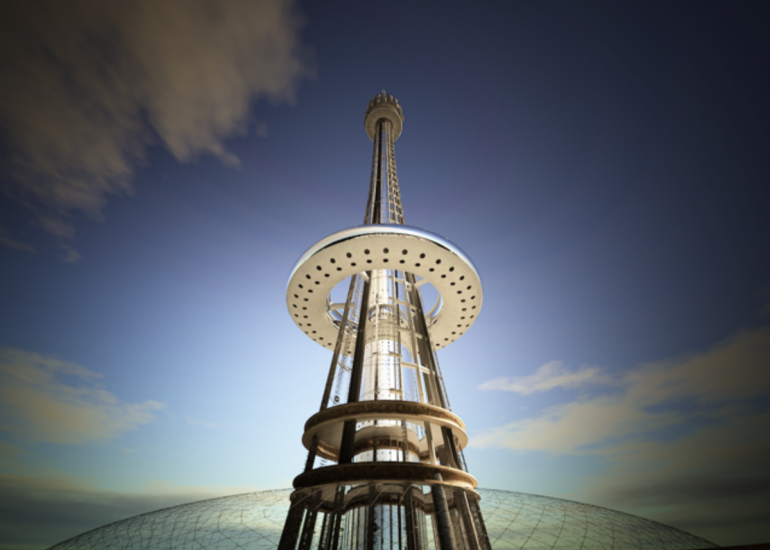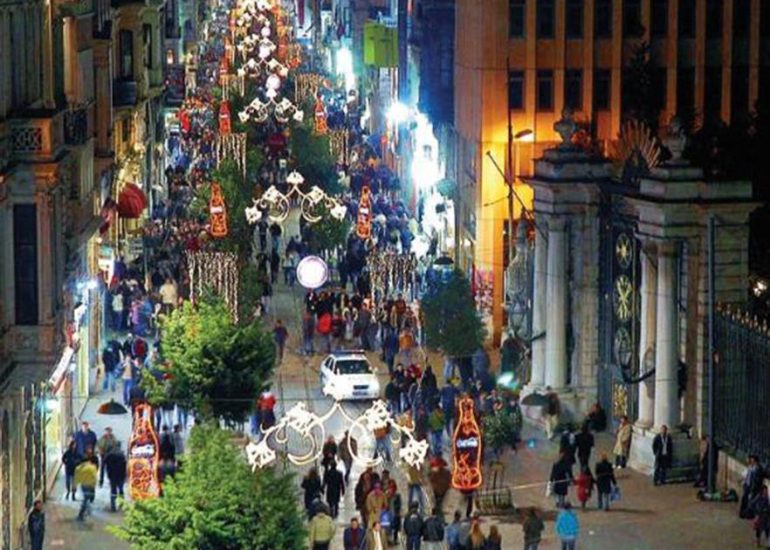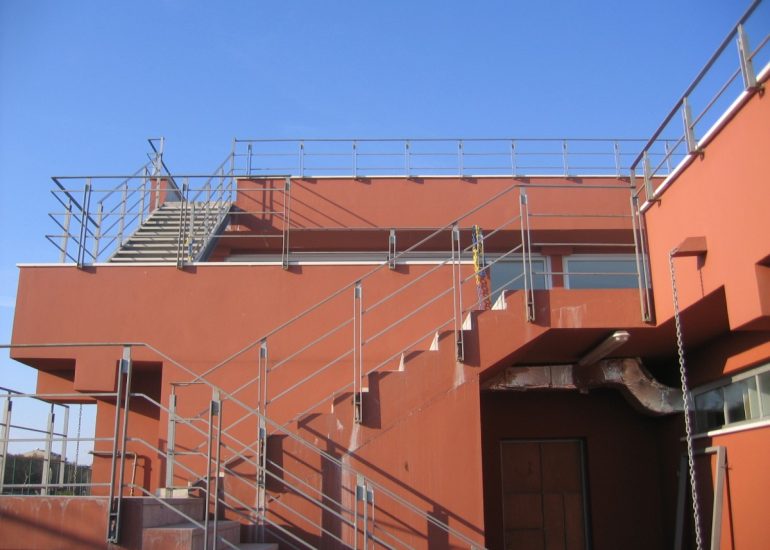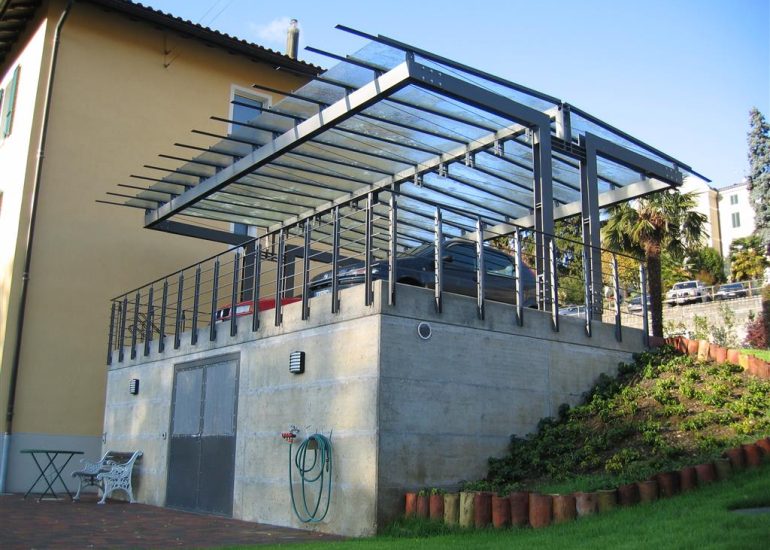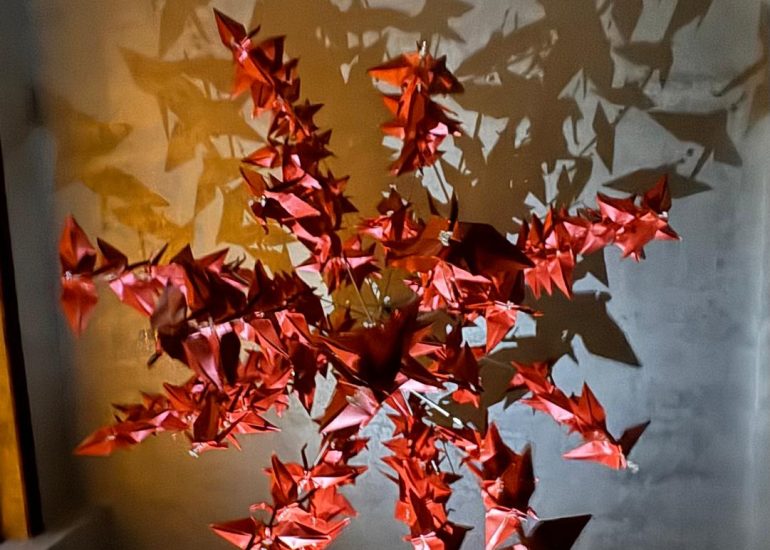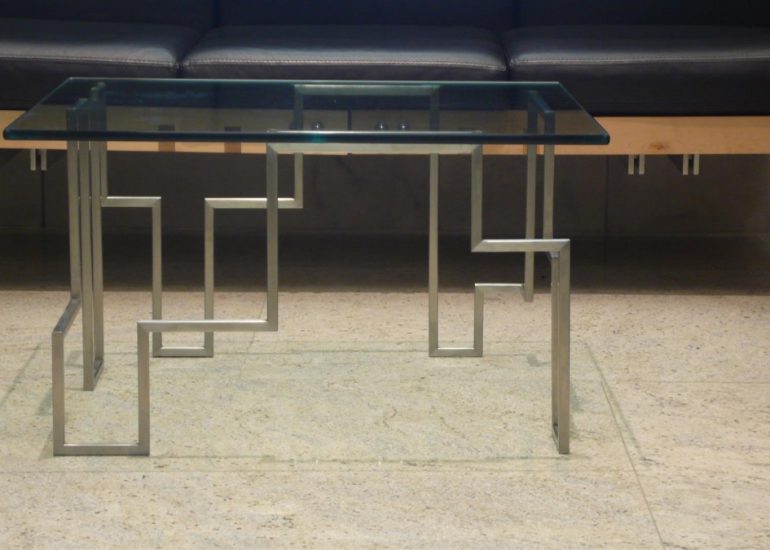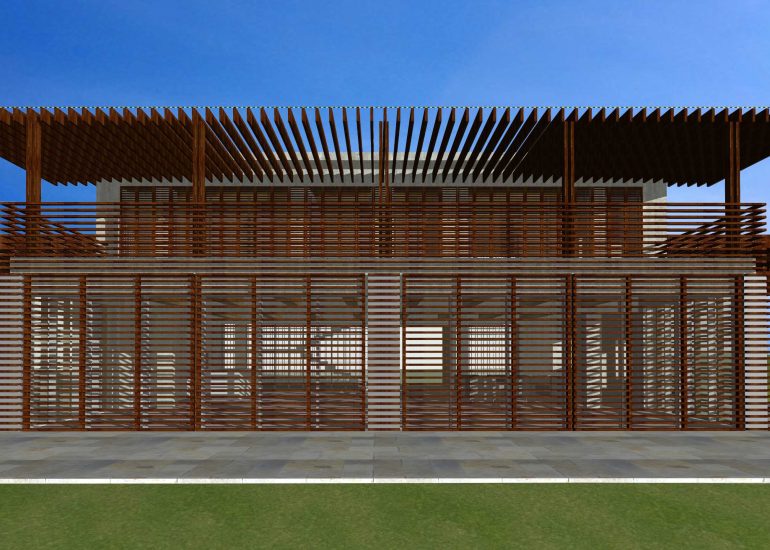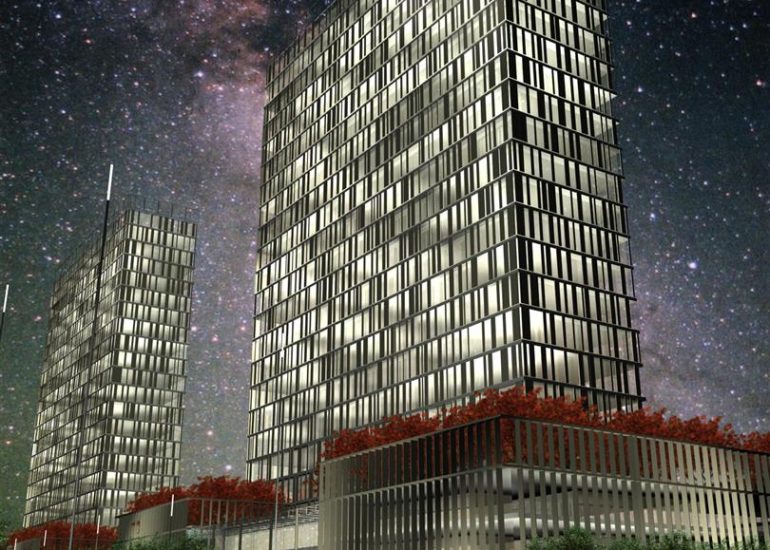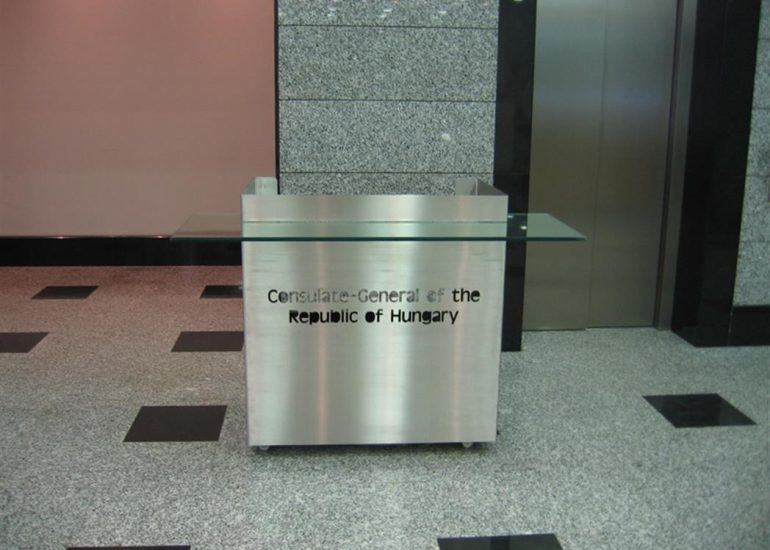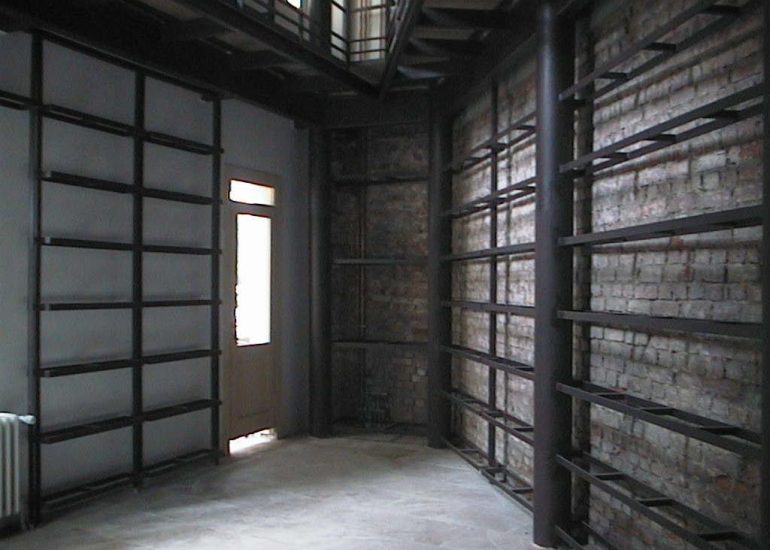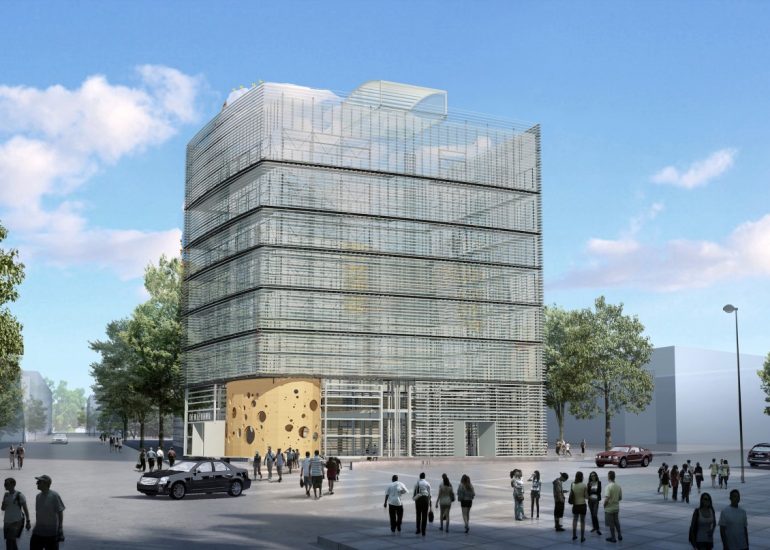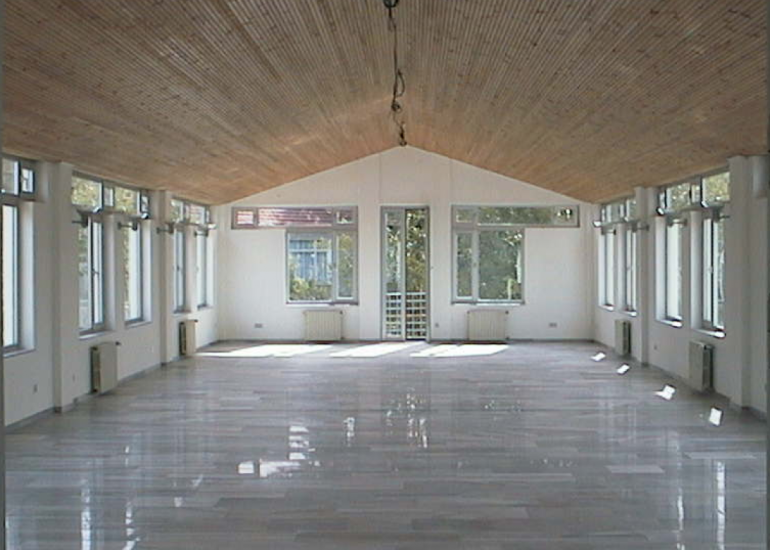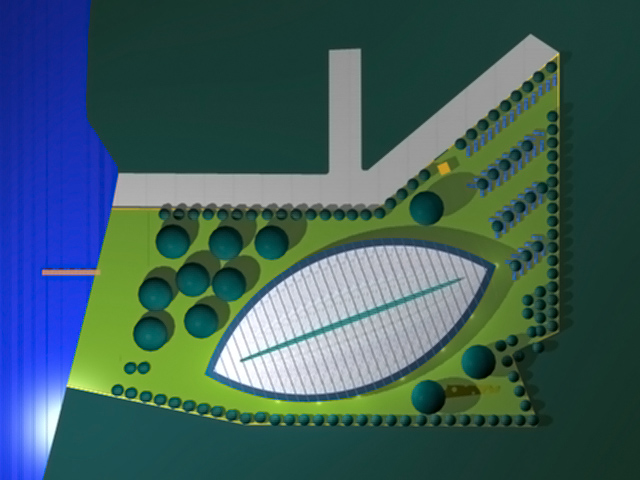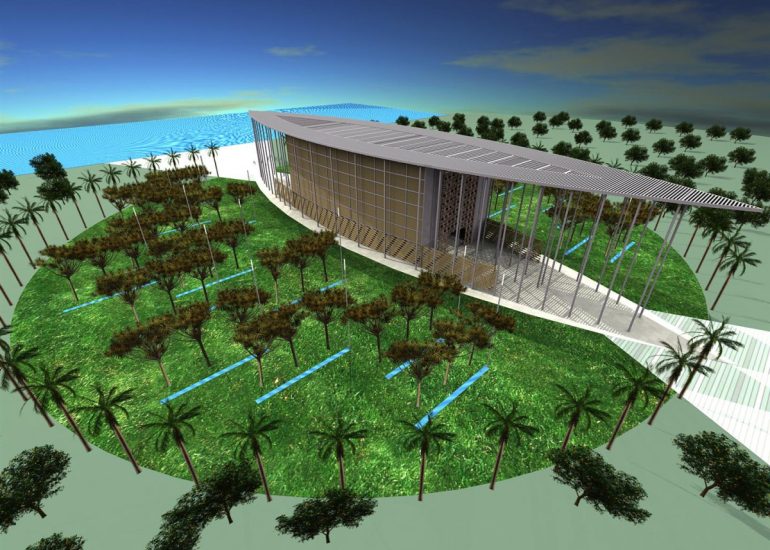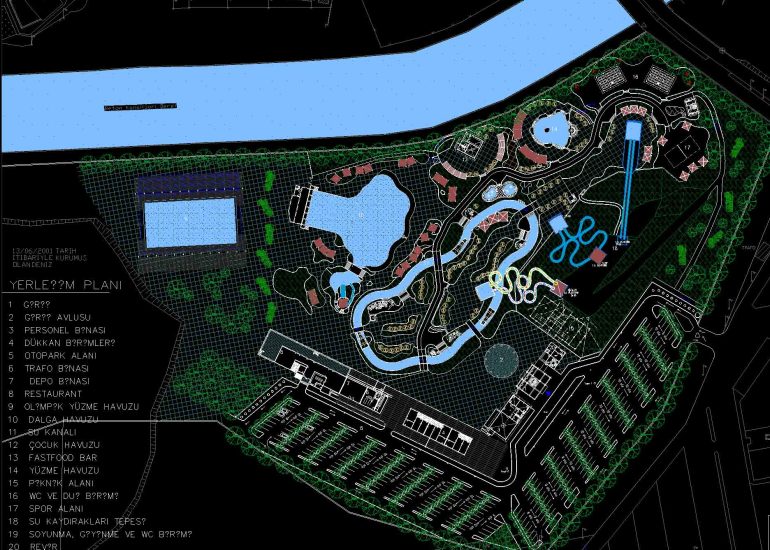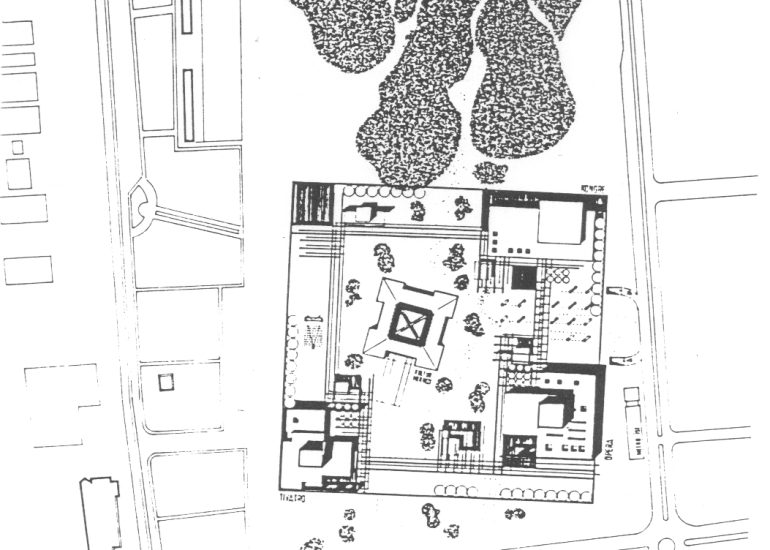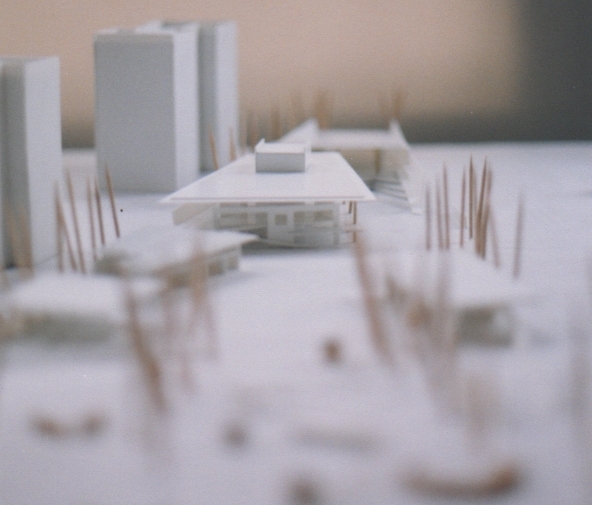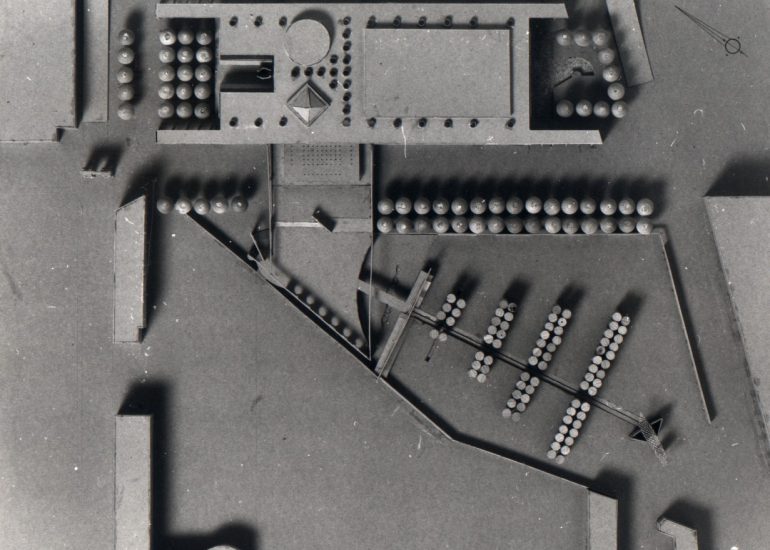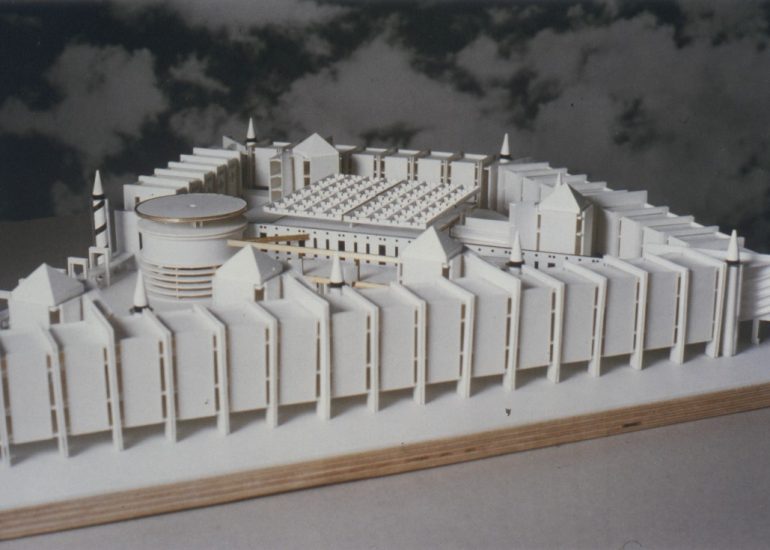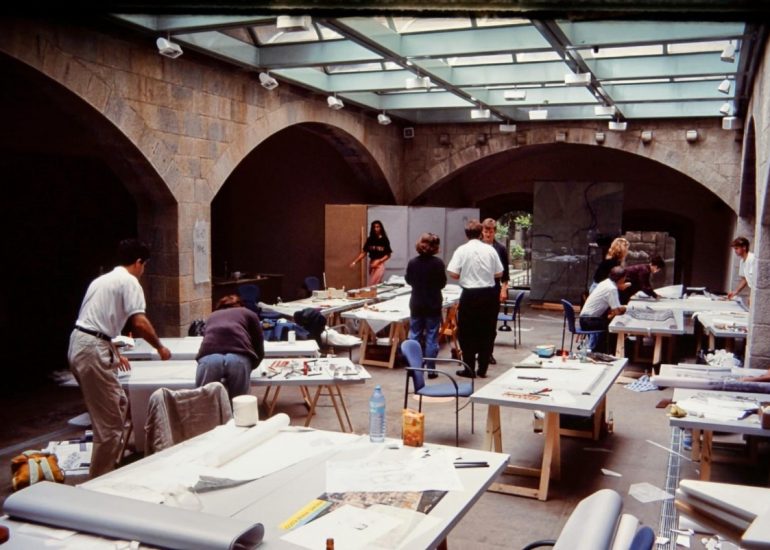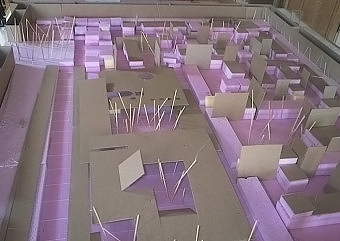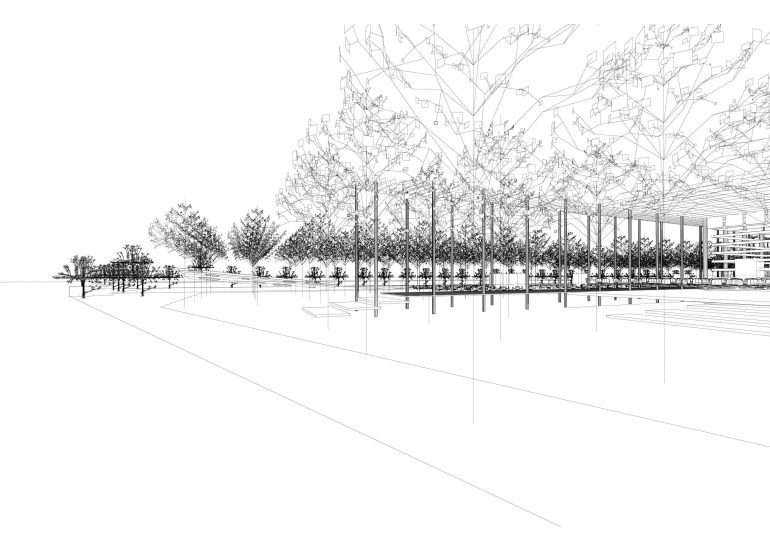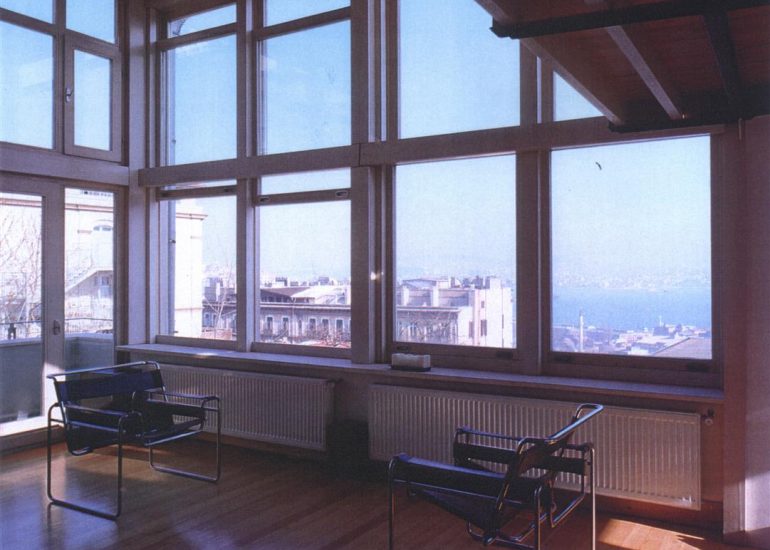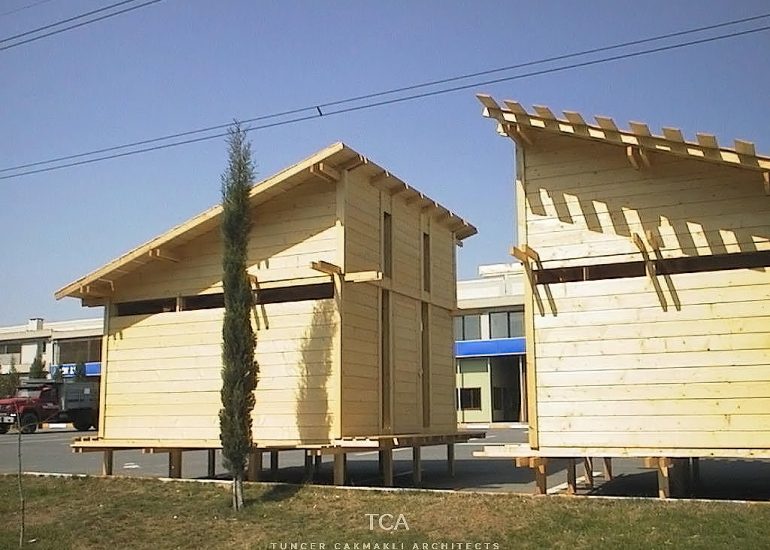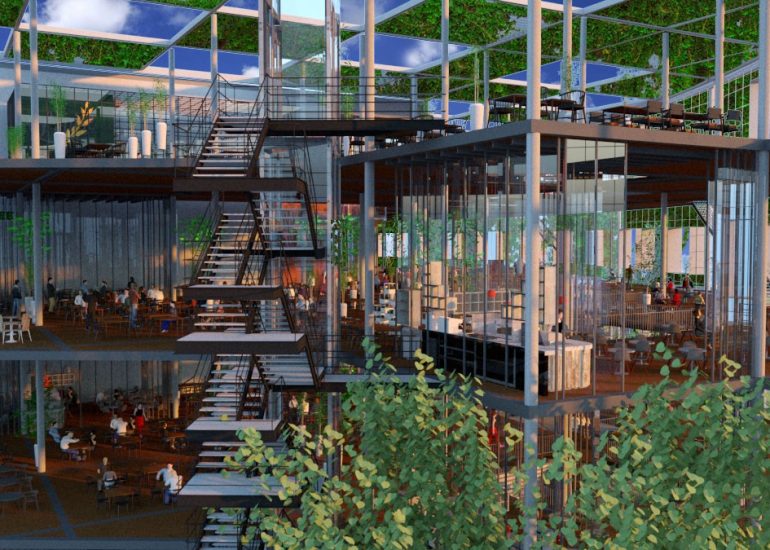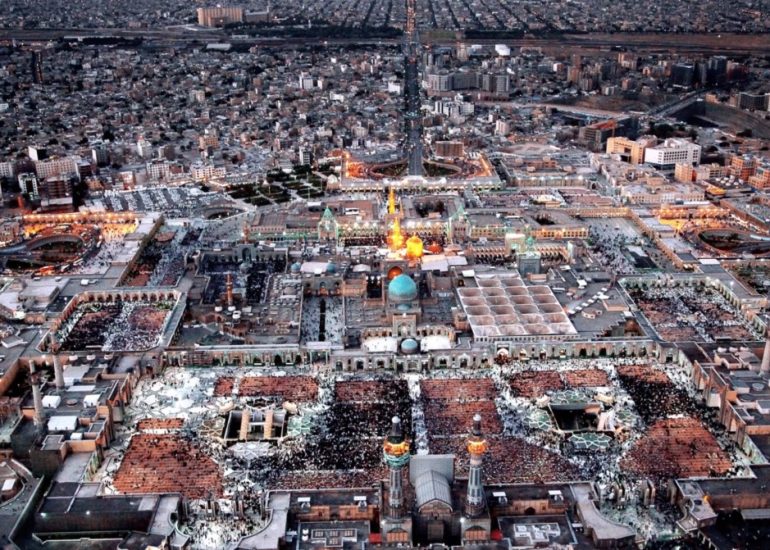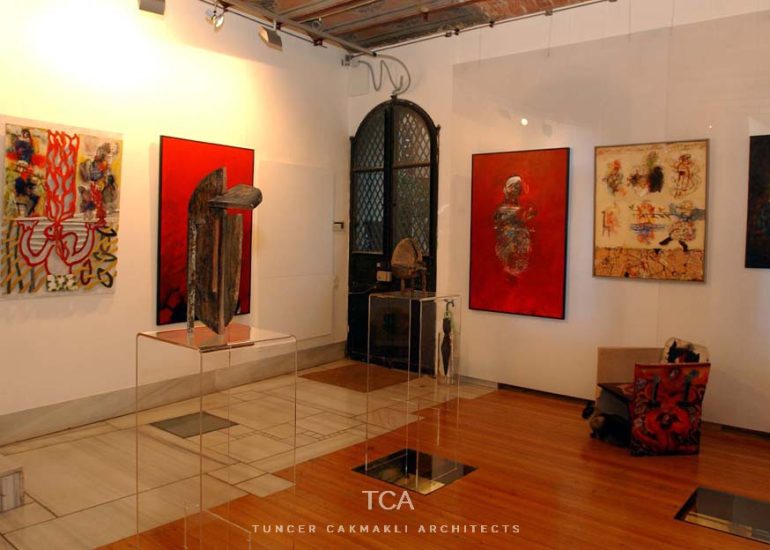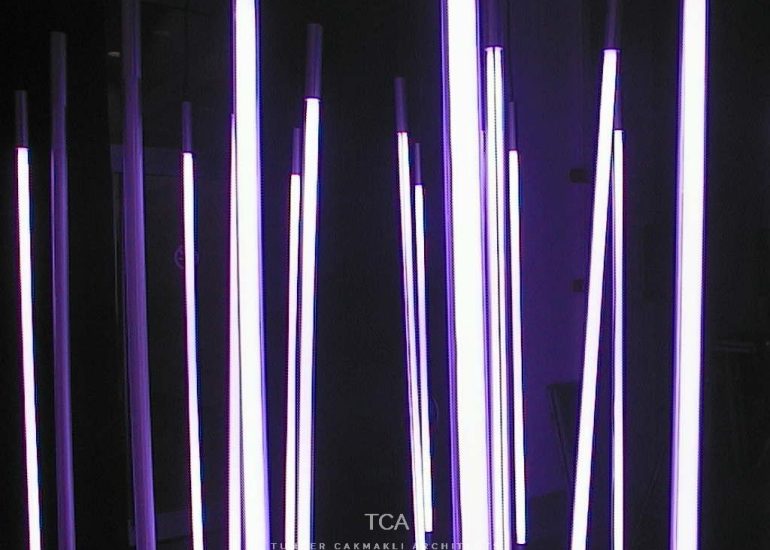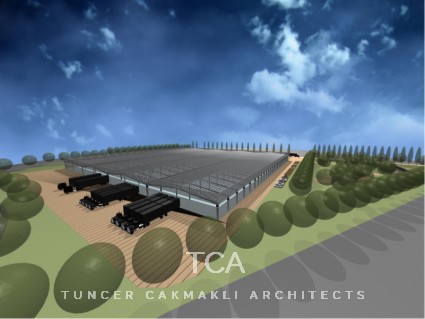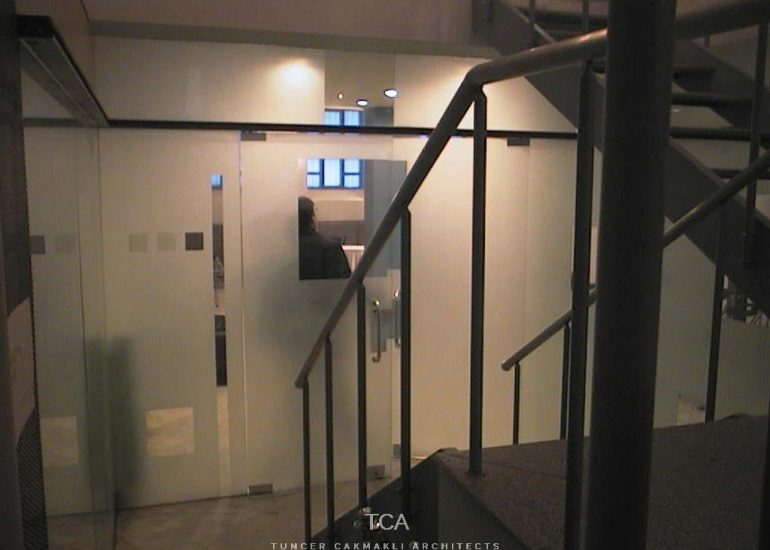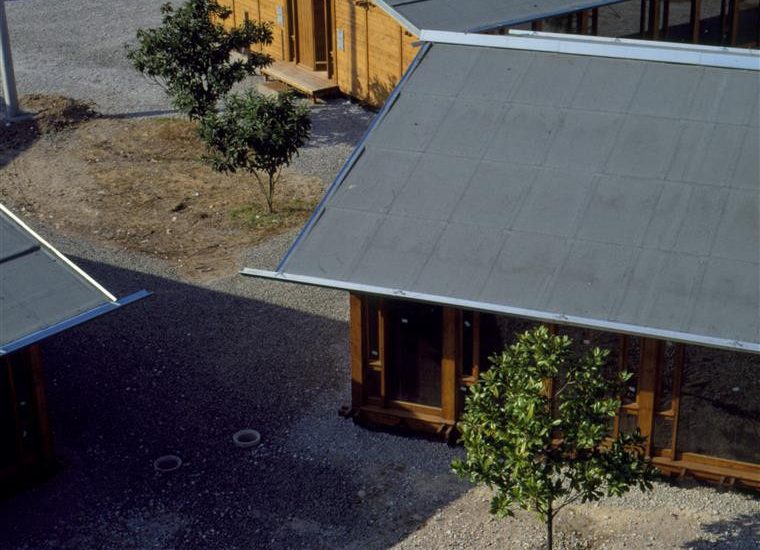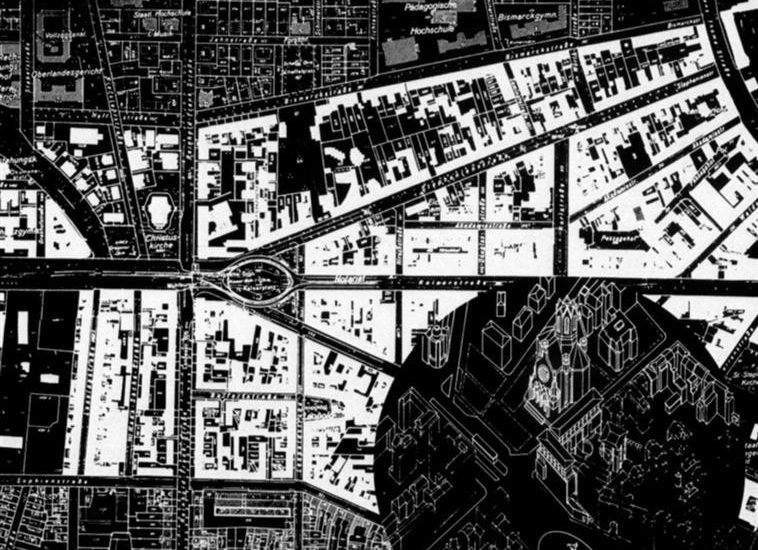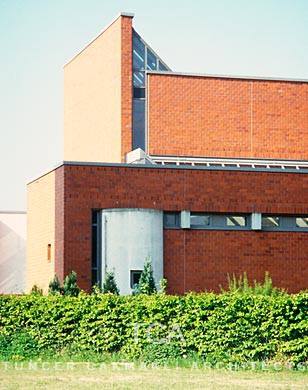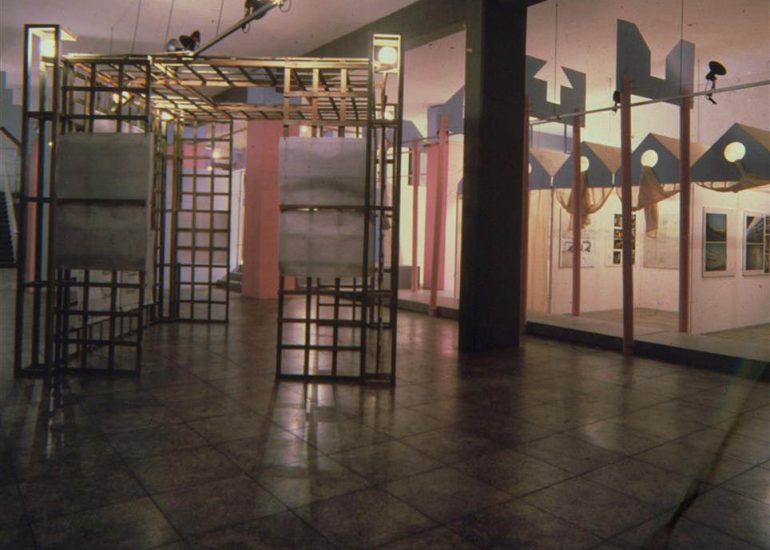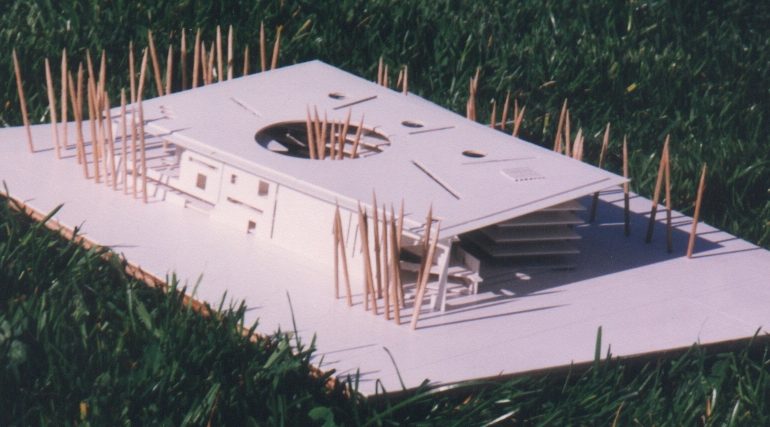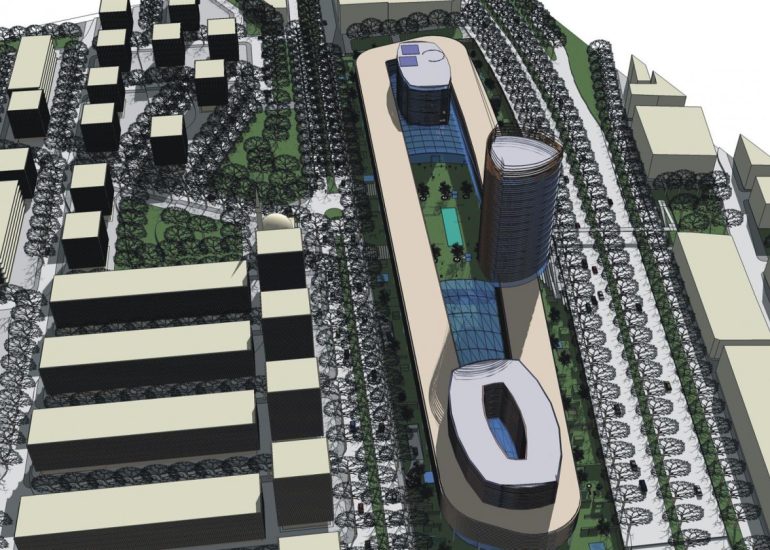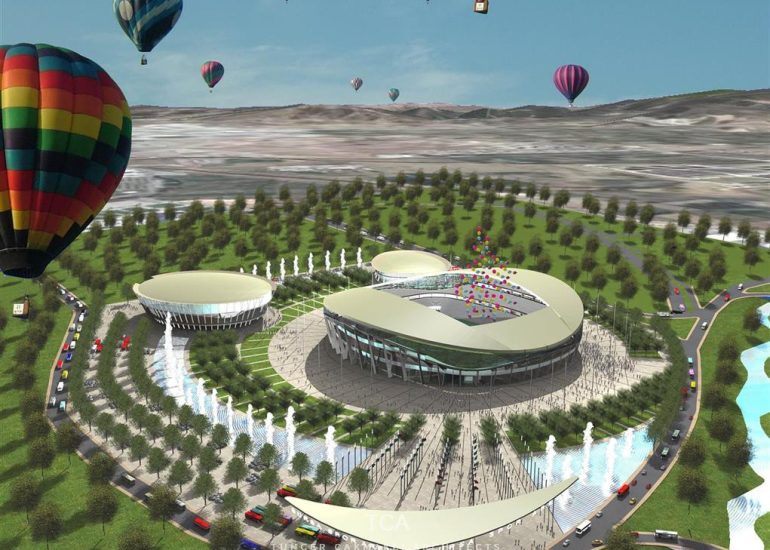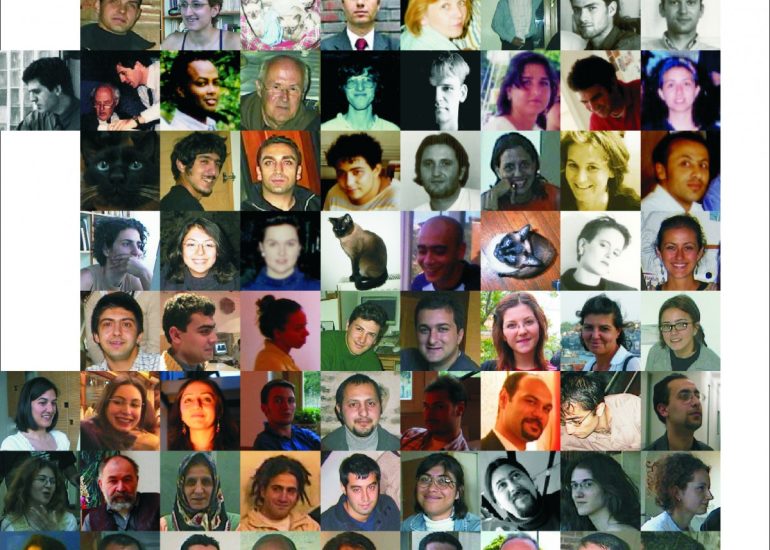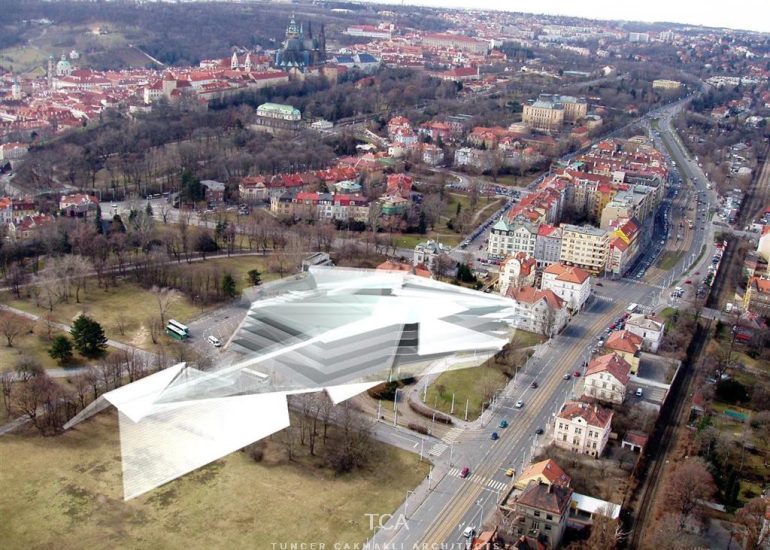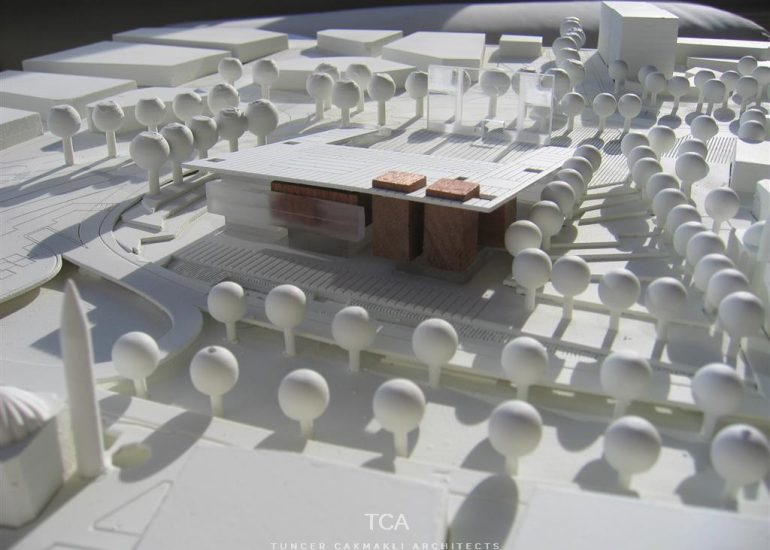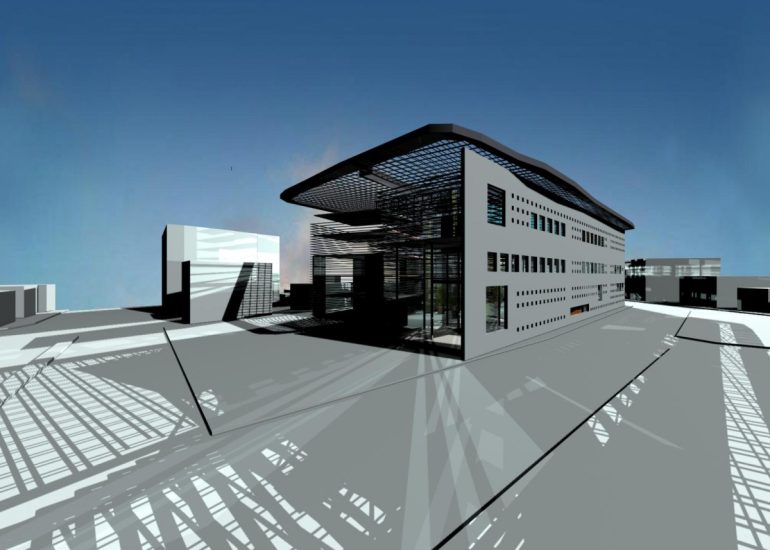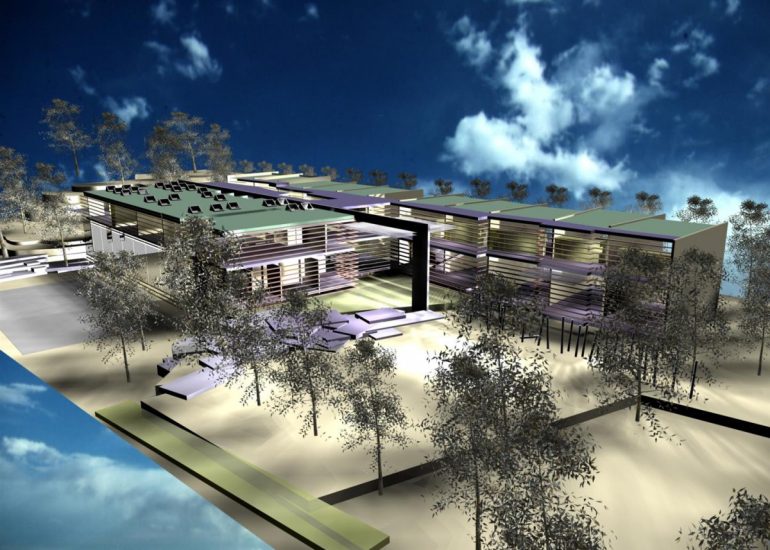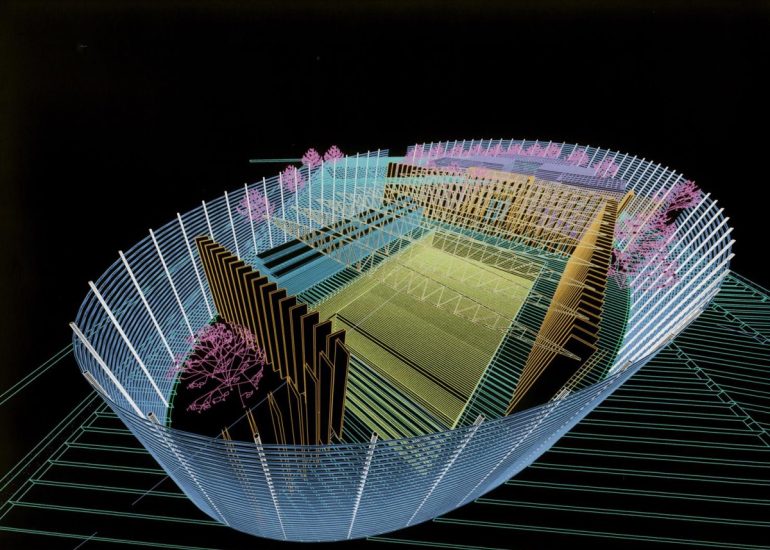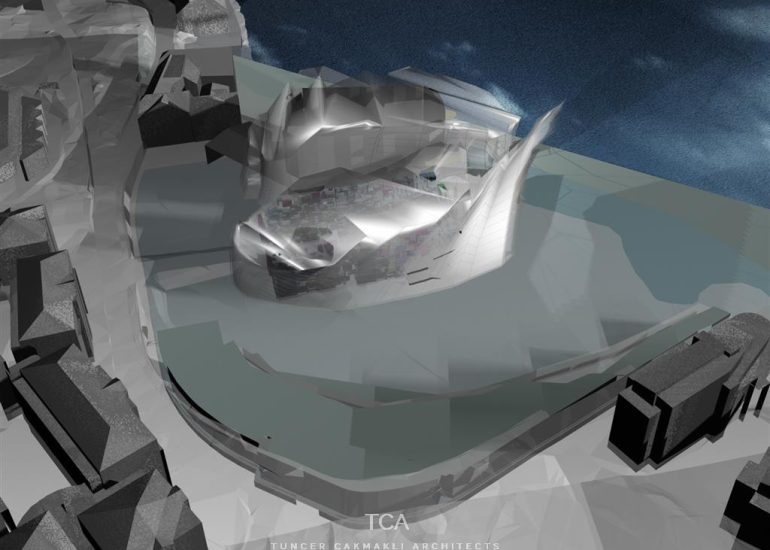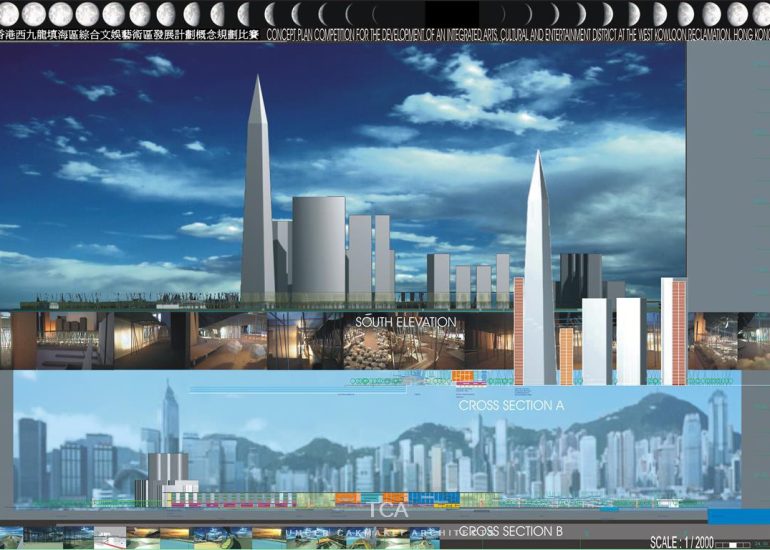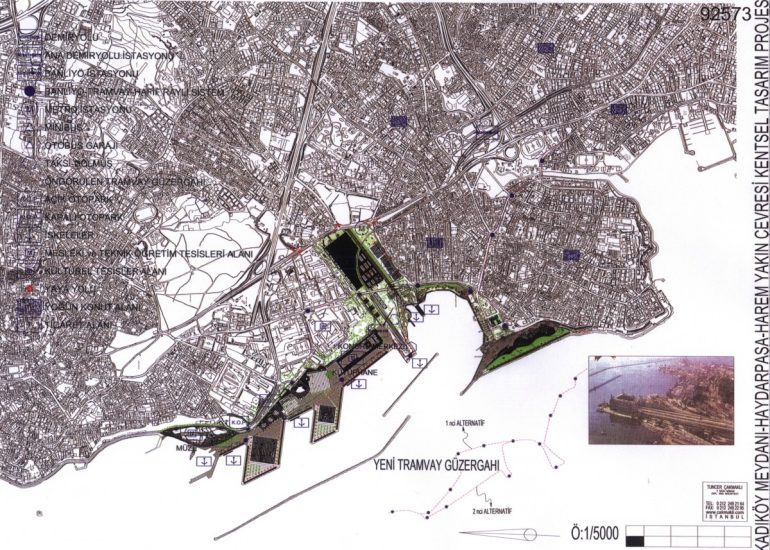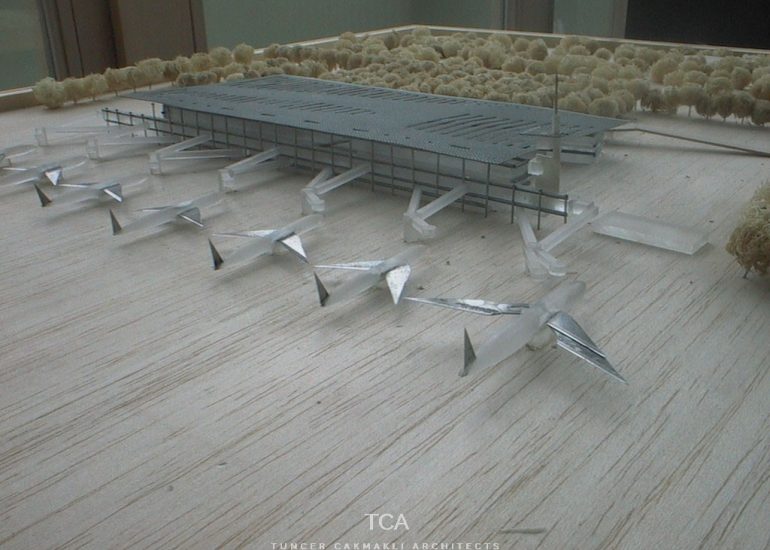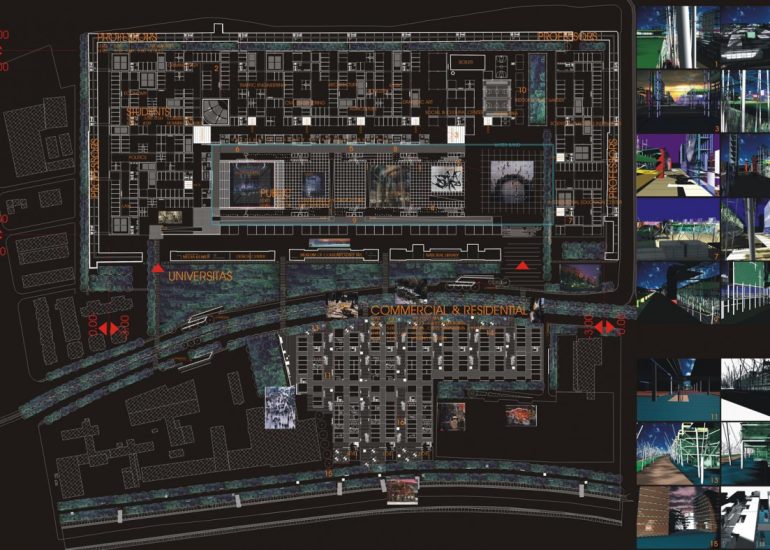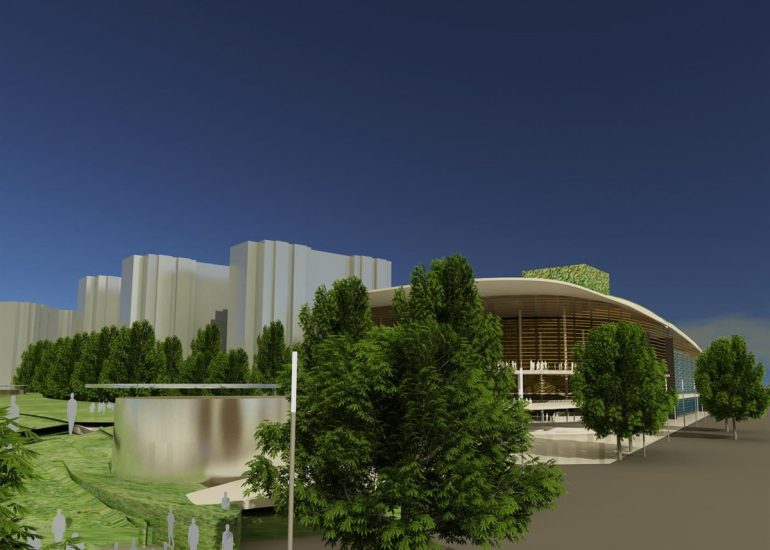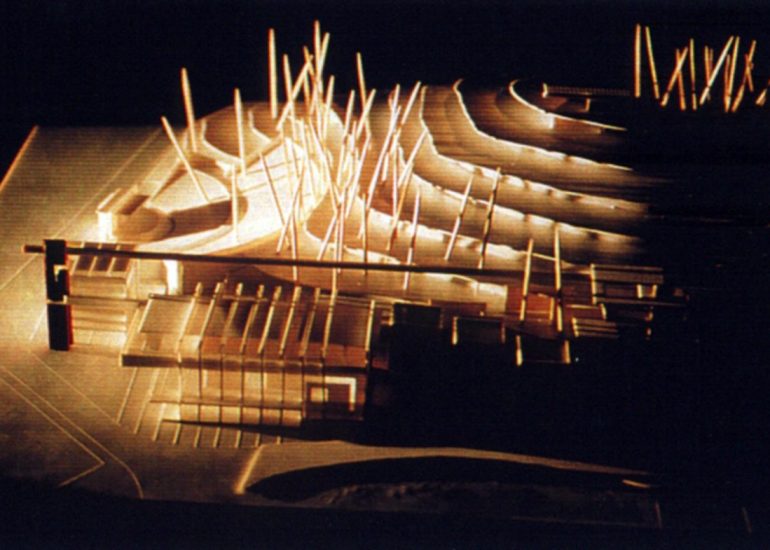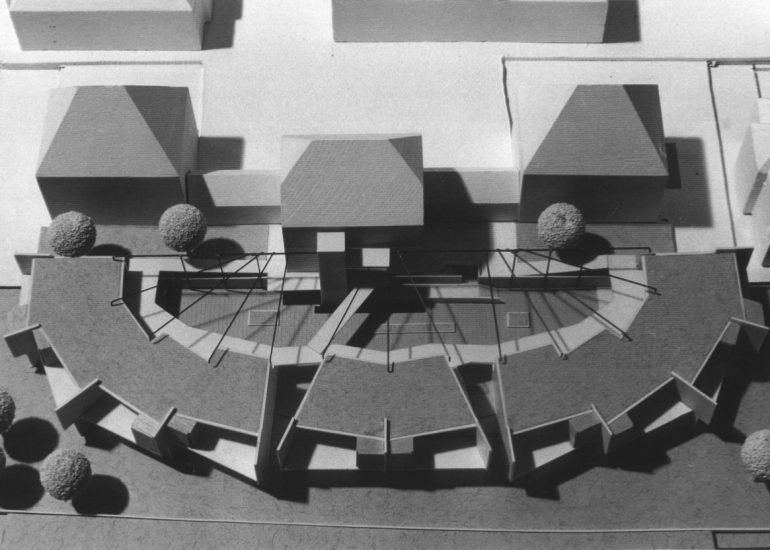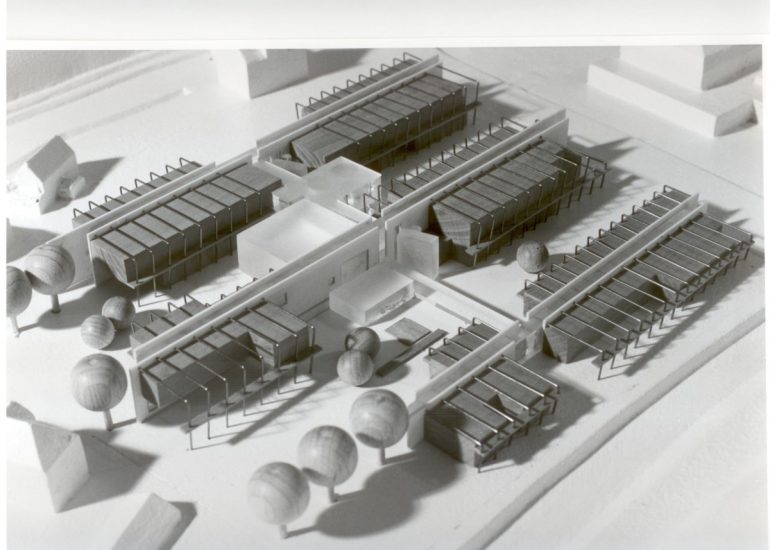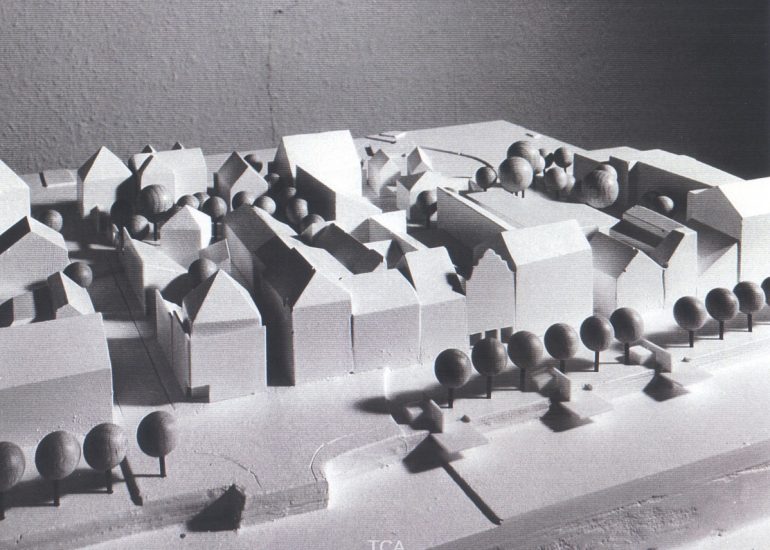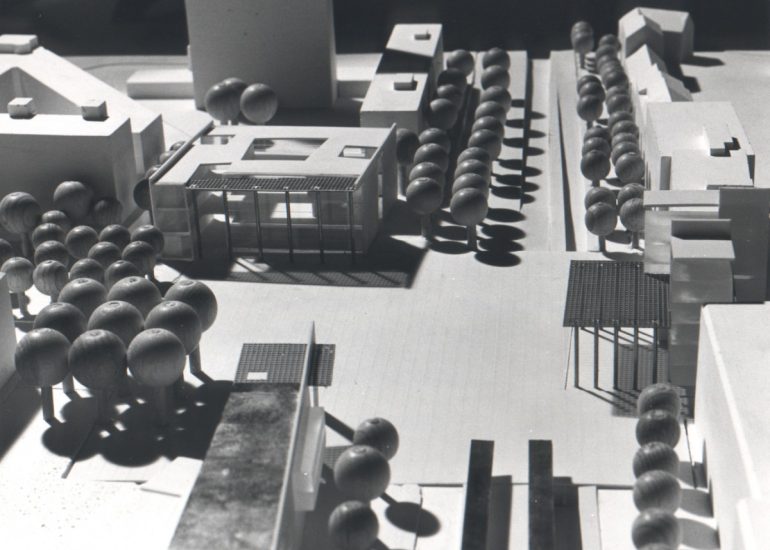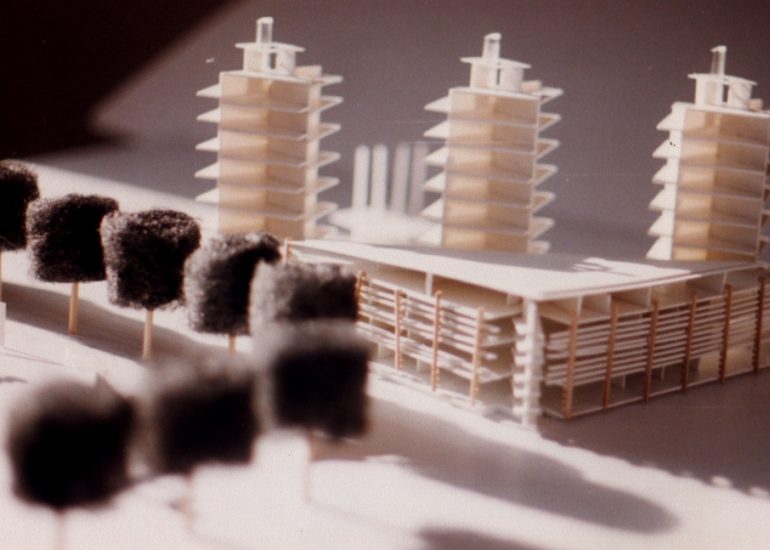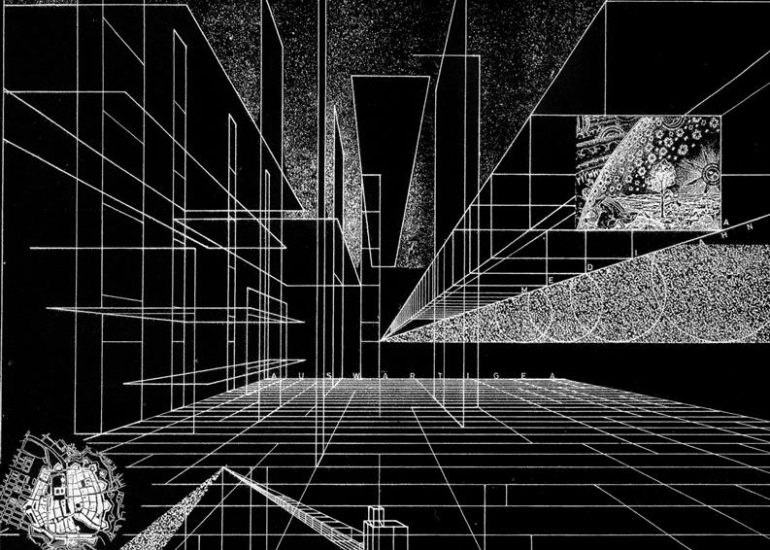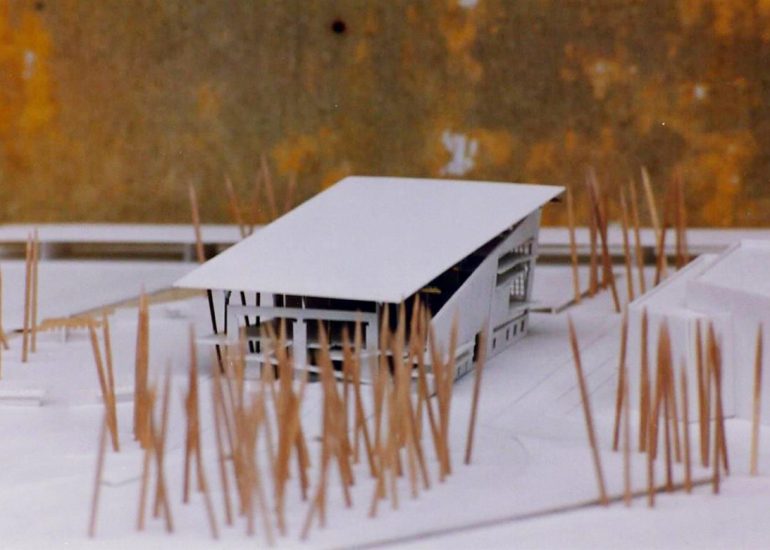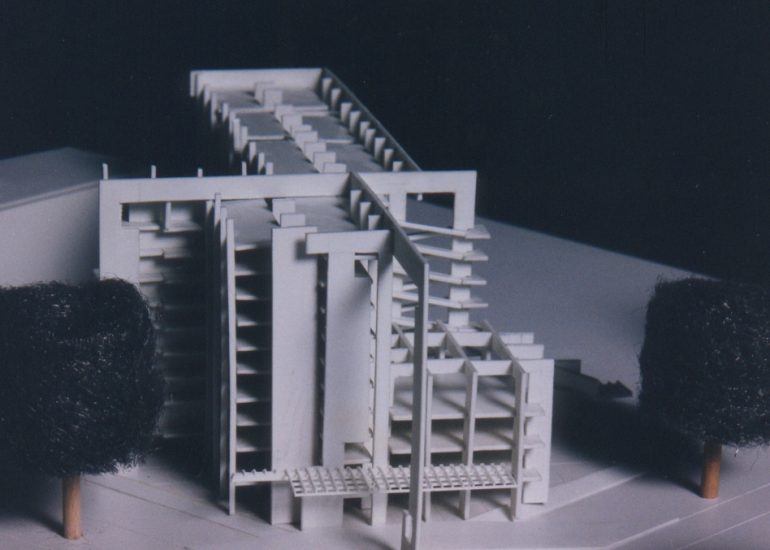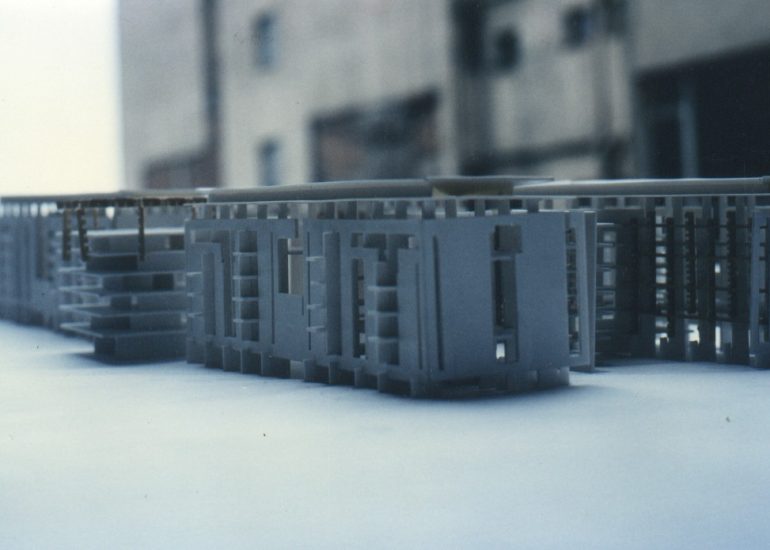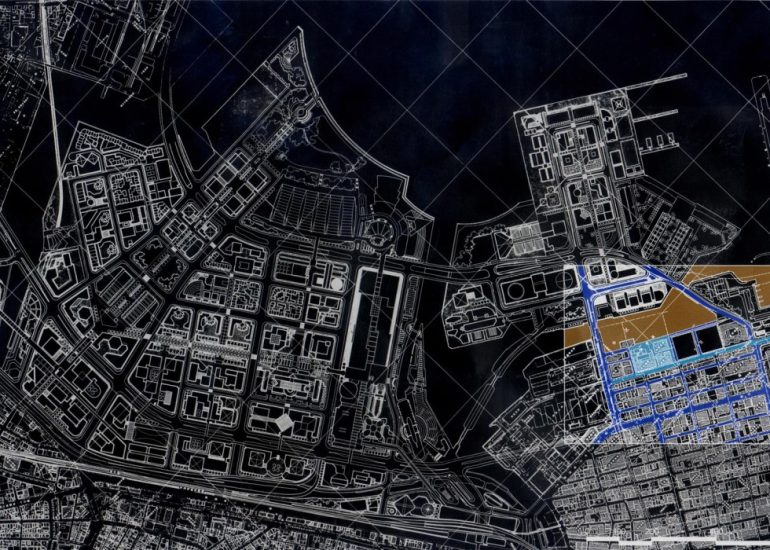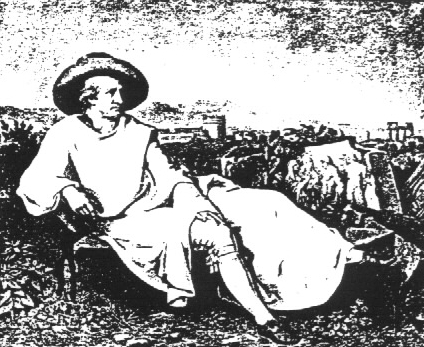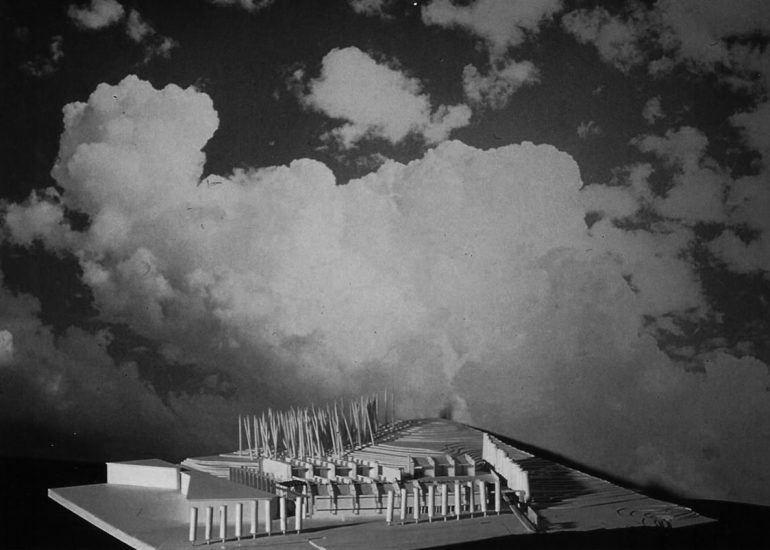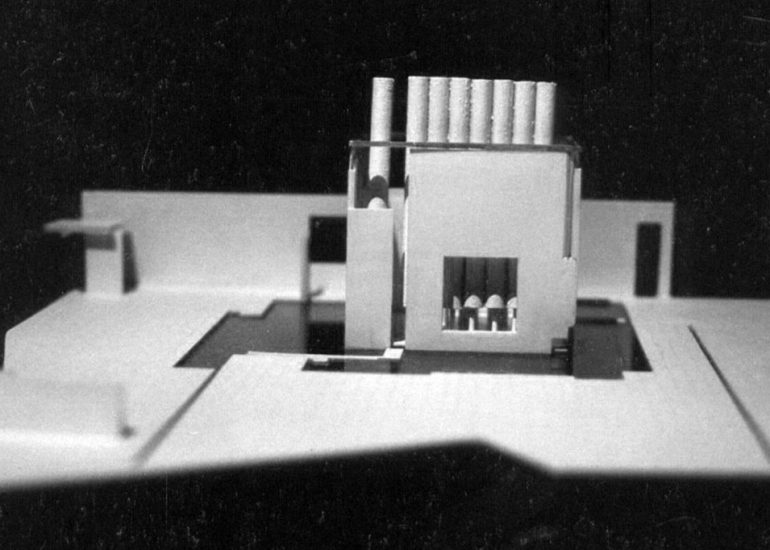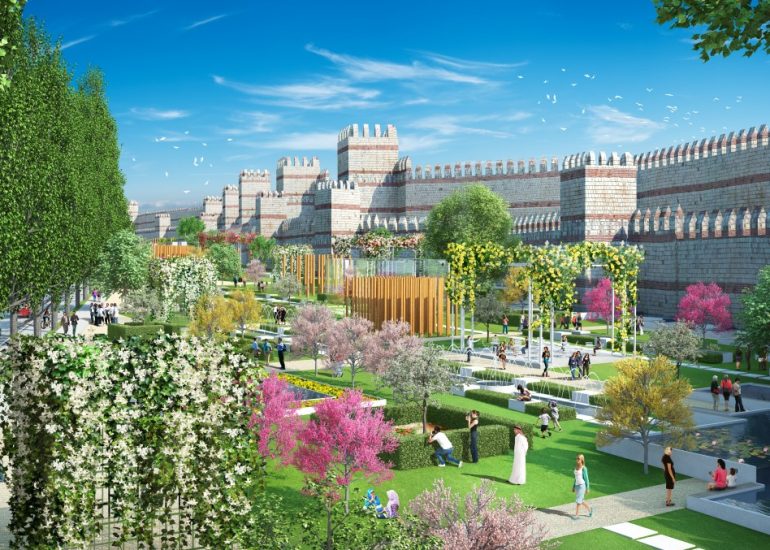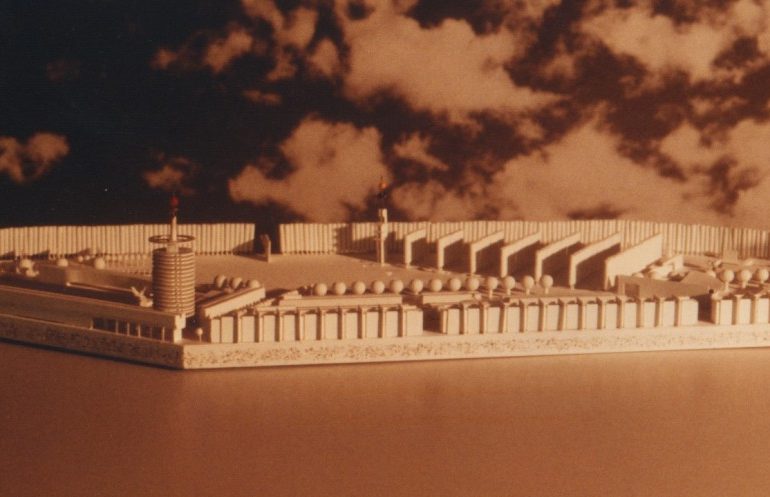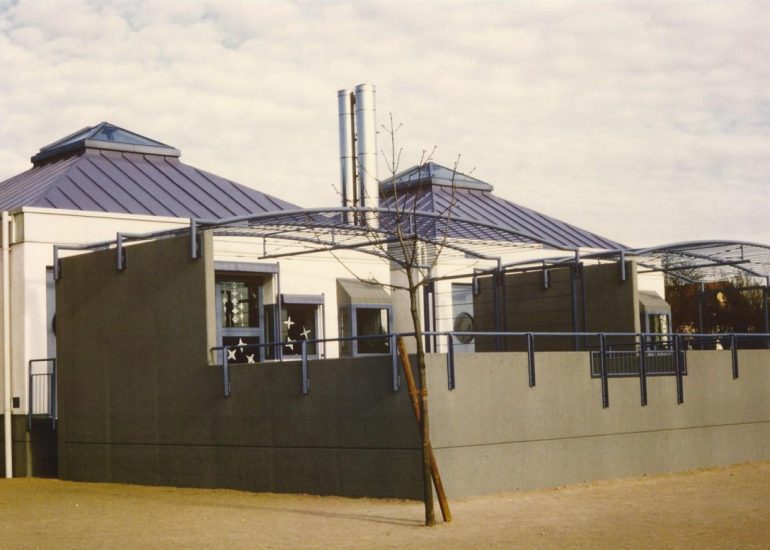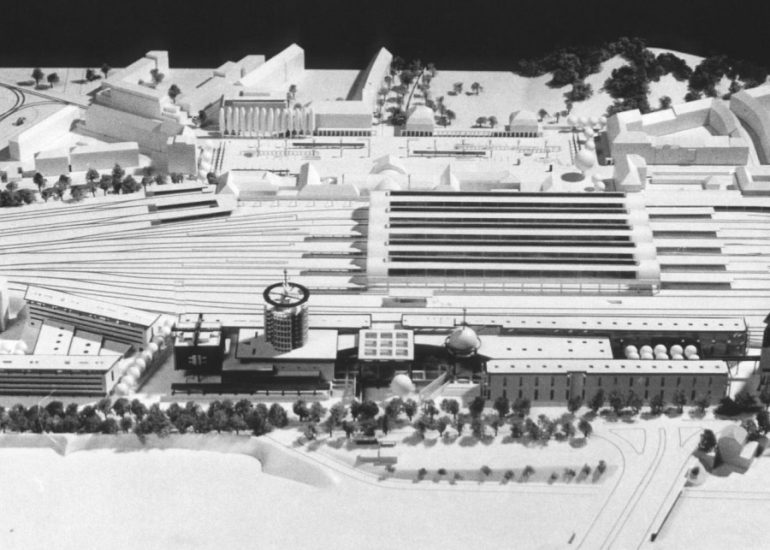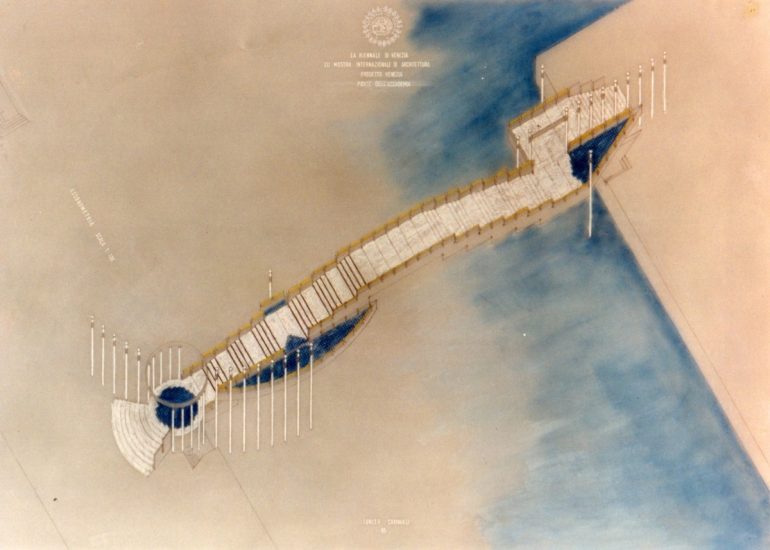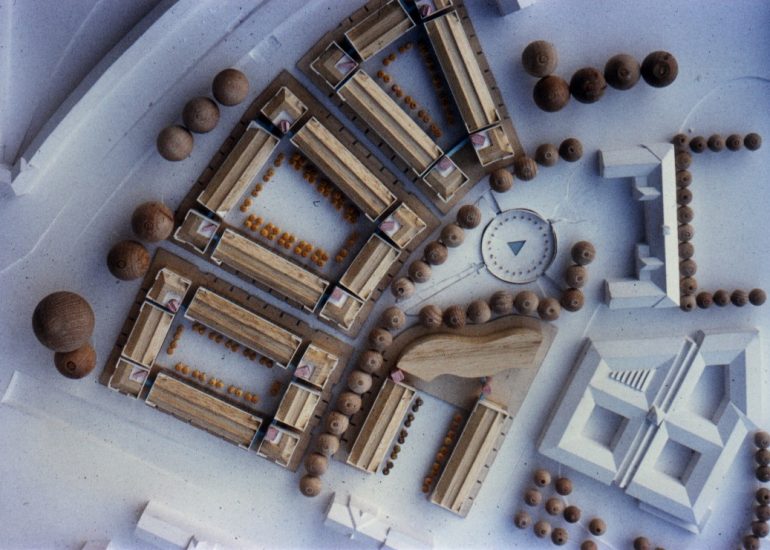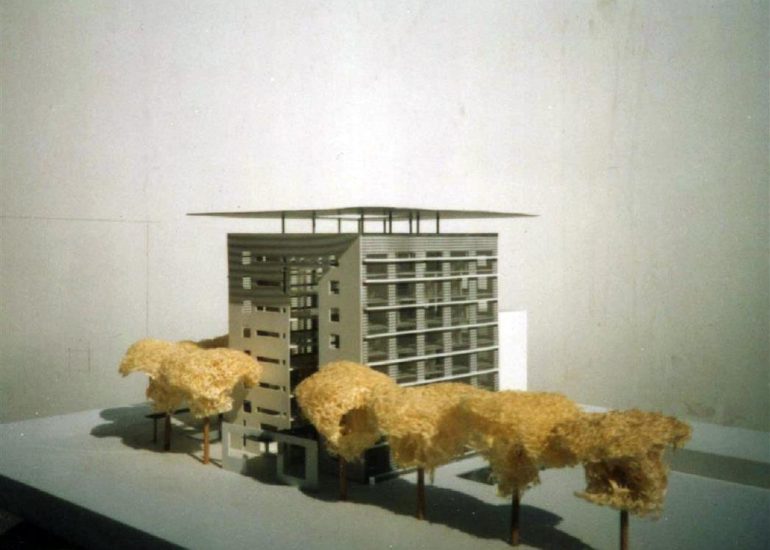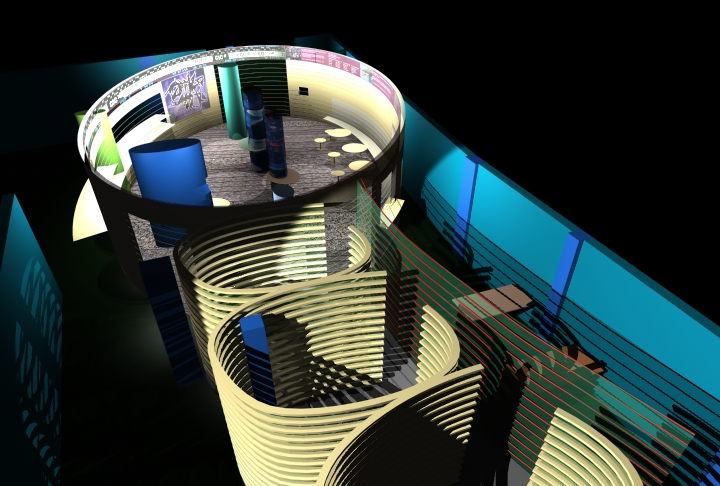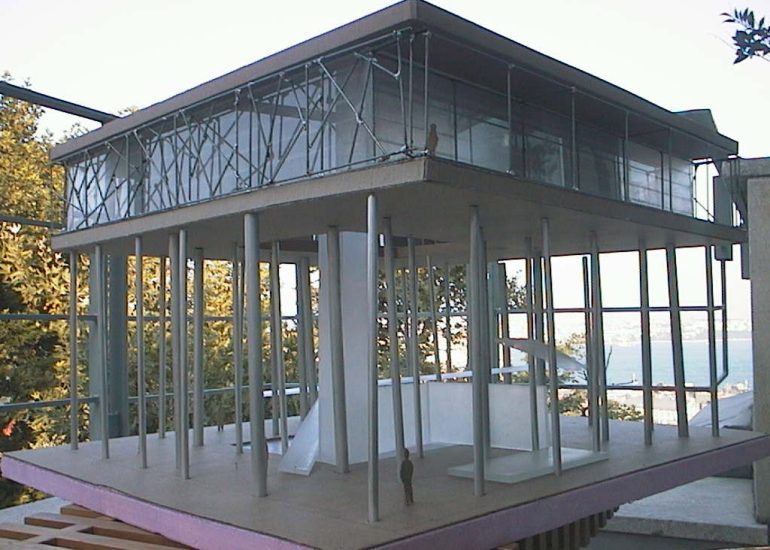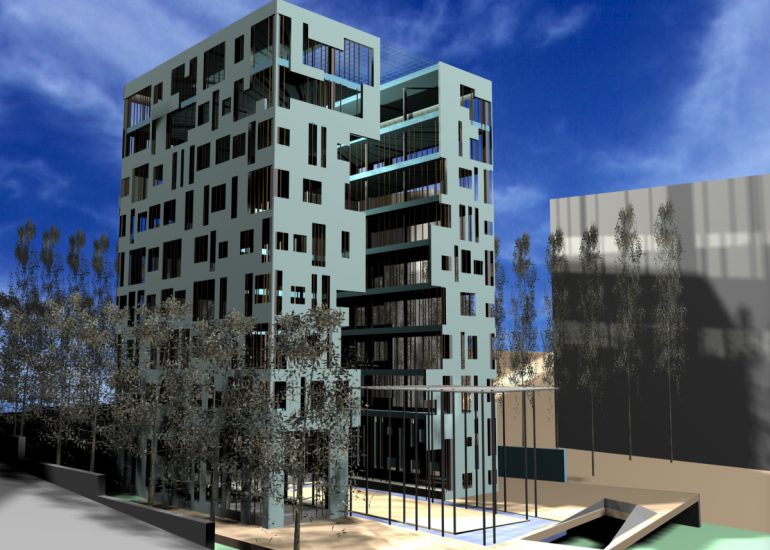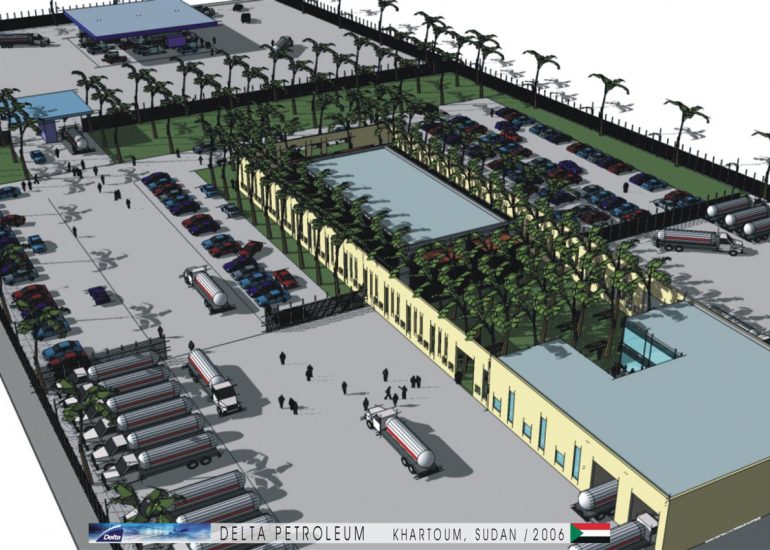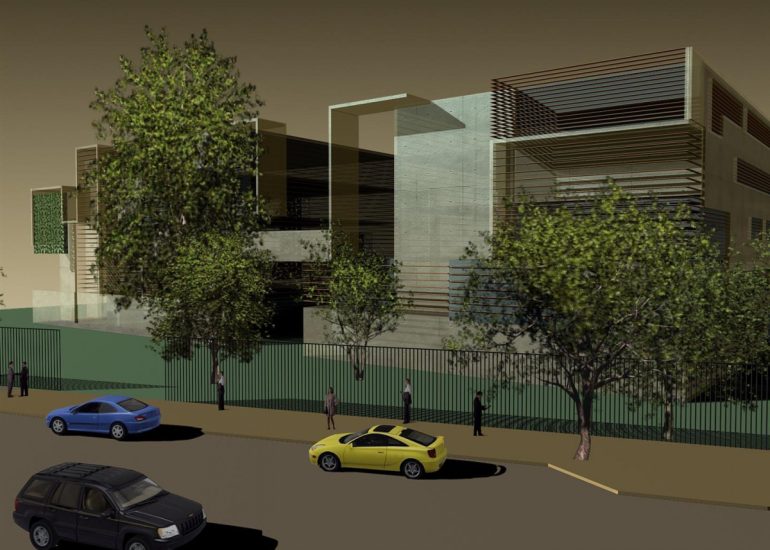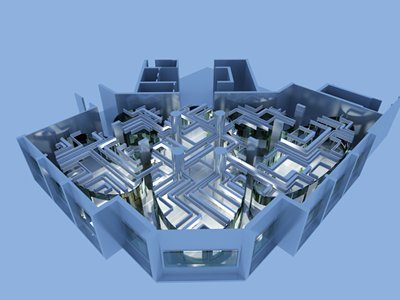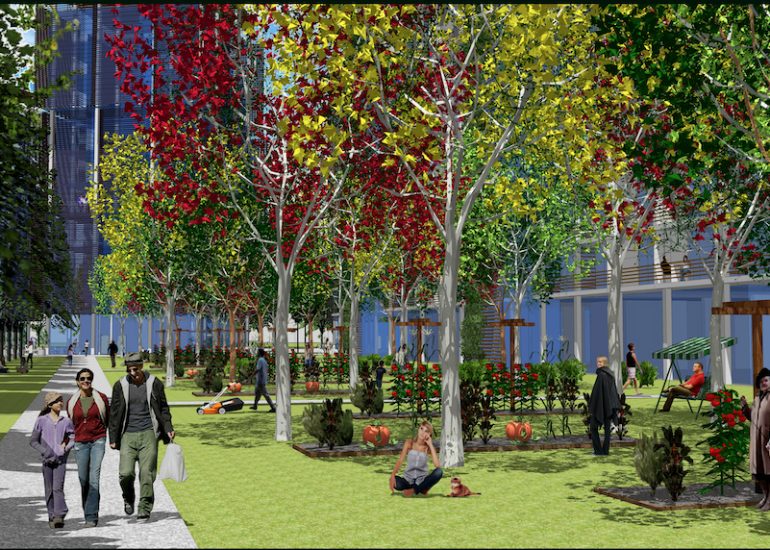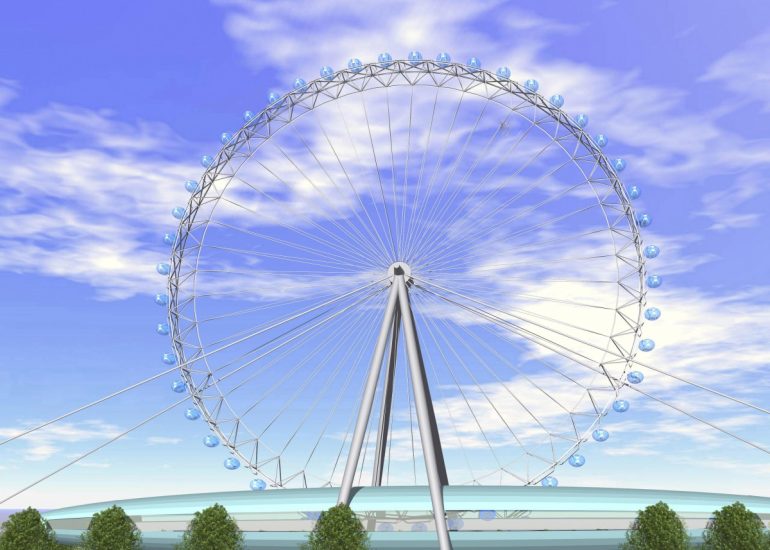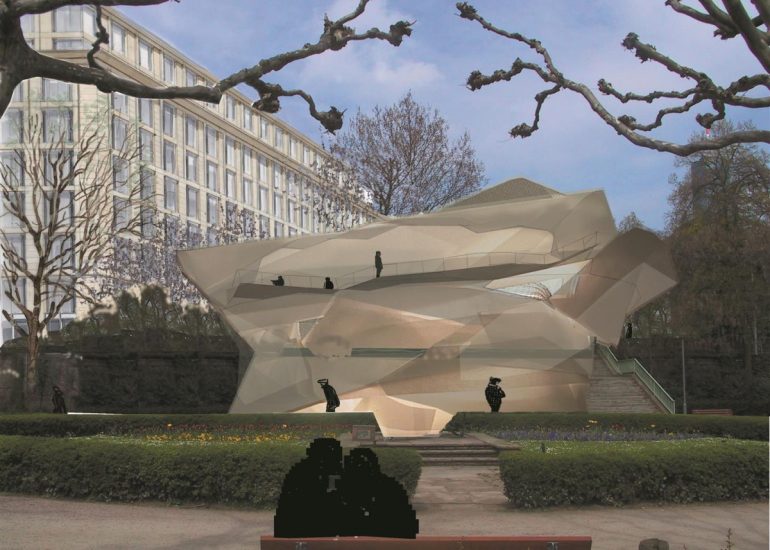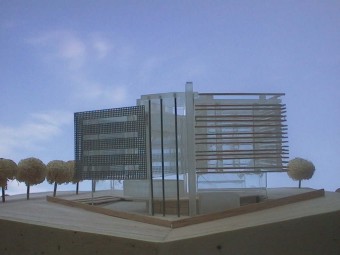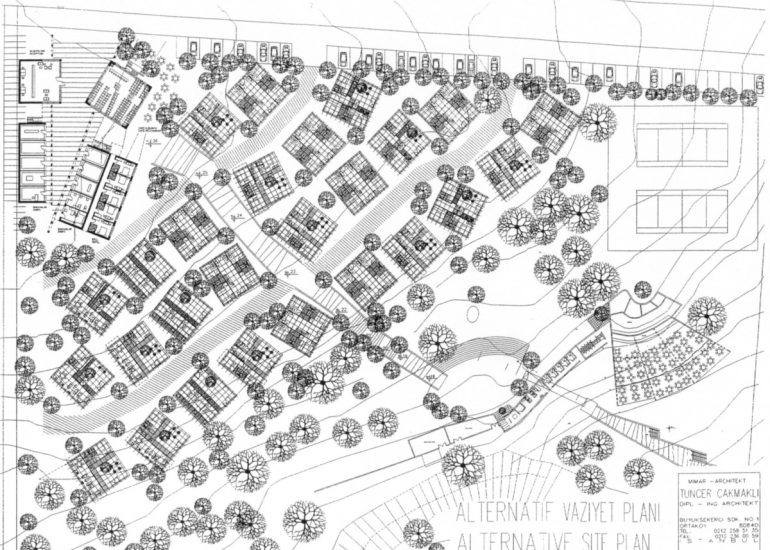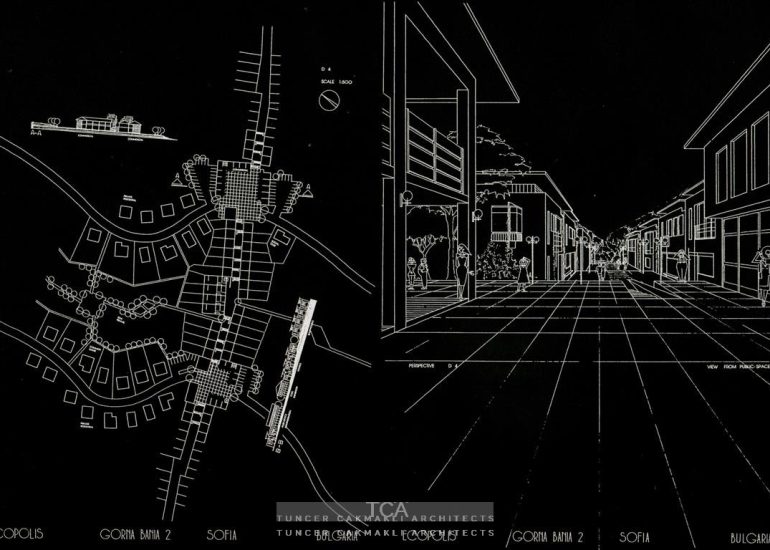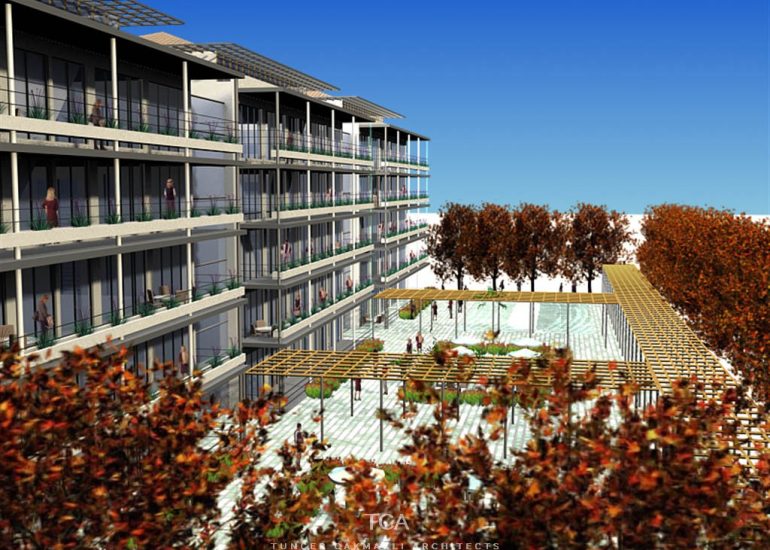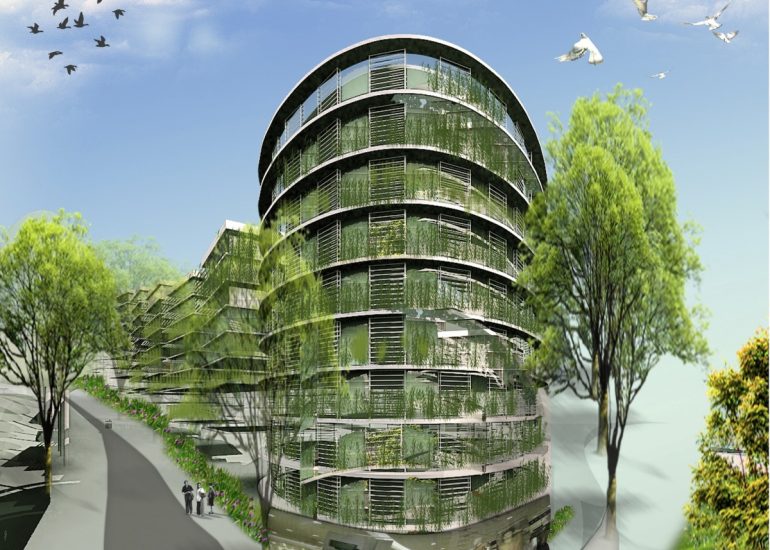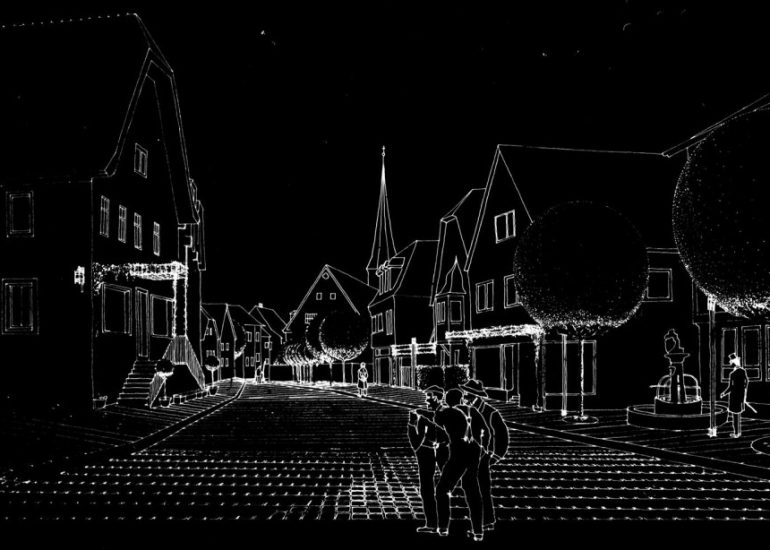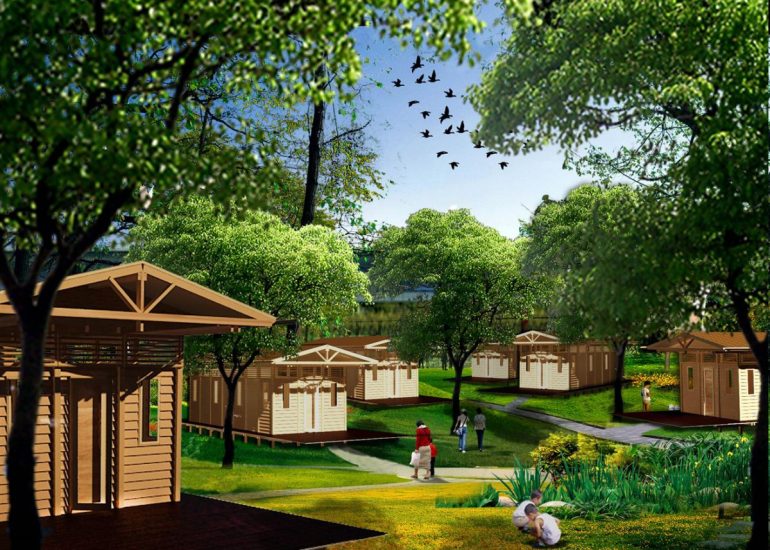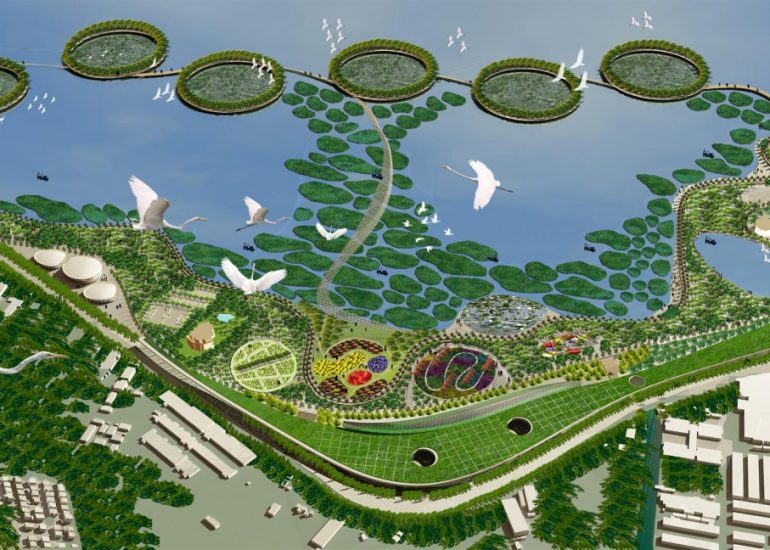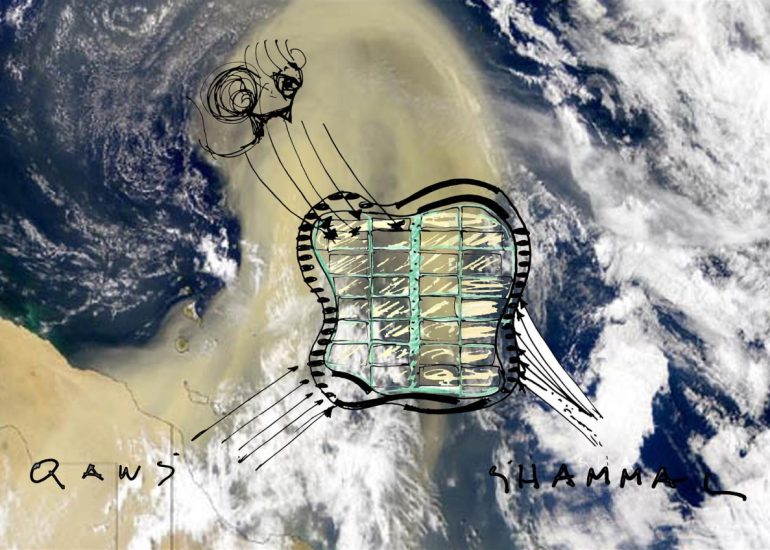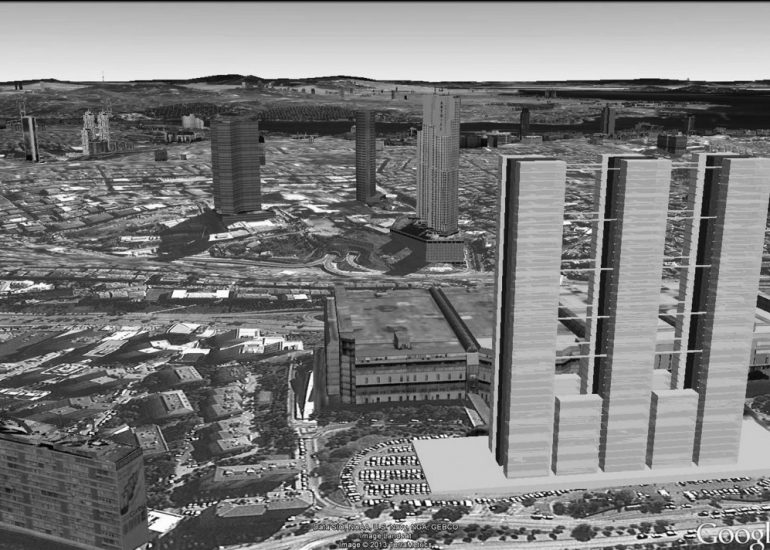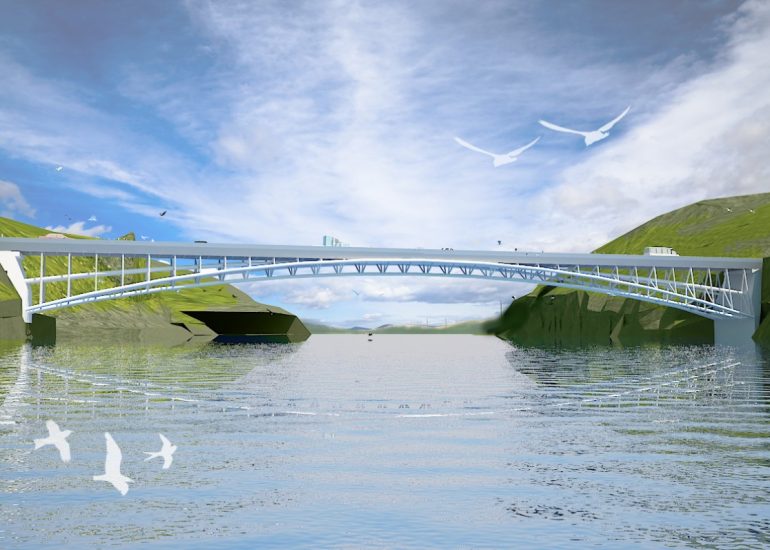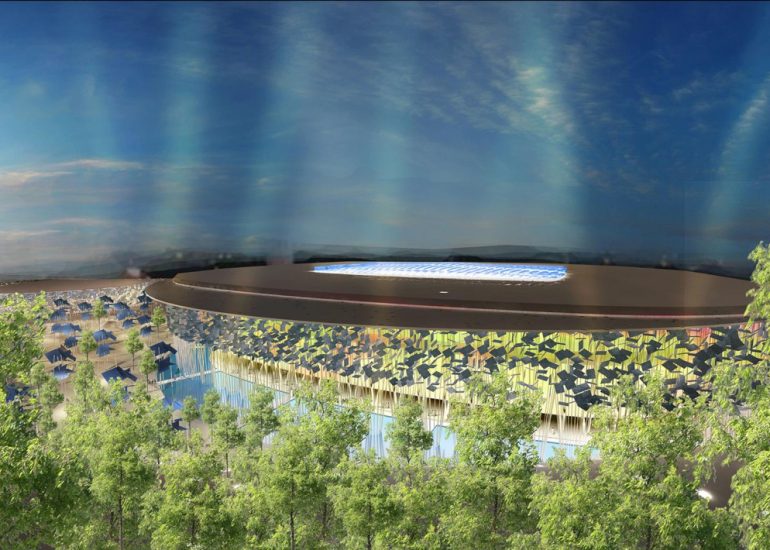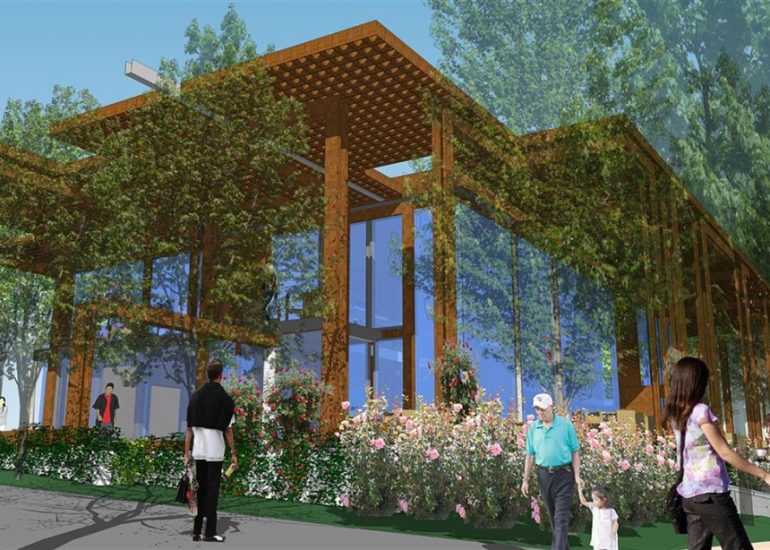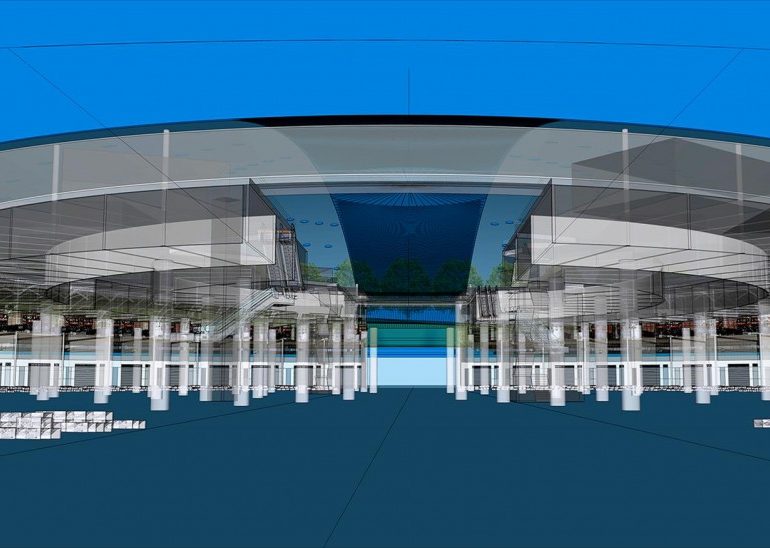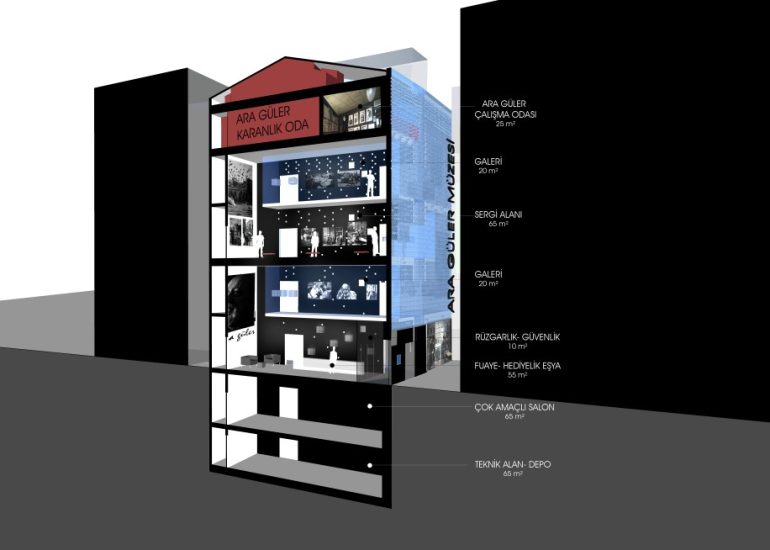Communication Tower Architectural Design Istanbul
Türkiye
On the majestic heights of Çamlıca in Istanbul, a new architectural icon is set to redefine the city’s skyline—the Çamlıca Panorama Tower.
Area
5500
Year
2011
Soaring over 350 meters high, this communication tower is poised to be a beacon of innovation, offering an unrivaled spectacle of Istanbul’s splendor with panoramic views that stretch from the Bosphorus to the Historical Peninsula. Beyond its commanding height, the design of the tower is a marvel of structural engineering, emphasizing material lightness, seismic resilience, and an extraordinary interactive experience for visitors.
The Çamlıca Panorama Tower is more than just a structure; it is a testament to the marriage of aesthetics and technology. The tower’s structural design is an ode to material lightness, presenting a silhouette that exudes grace against the Istanbul skyline. This deliberate choice not only lends an air of modern elegance to the tower but also ensures optimal static engineering, fortifying the structure against the dual challenges of earthquakes and powerful winds.
One of the most distinctive features of the Çamlıca Panorama Tower is its groundbreaking interactive space ring. This futuristic addition offers visitors a 360-degree moving view of Istanbul and the Bosphorus. Functioning as both an observation deck and a dynamic elevator, the space ring elevates the visitor experience to new heights—literally and metaphorically. With every centimeter ascended, a fresh perspective of Istanbul unfolds, creating a unique and immersive journey for each visitor.
The tower’s innovative design extends beyond its structural elements to embrace environmental and seismic considerations. Engineered with the utmost precision, the Çamlıca Panorama Tower stands as a testament to the commitment to safety and stability in the face of natural forces. Its form and function coalesce seamlessly, ensuring that visitors not only witness Istanbul’s grandeur but also do so from a vantage point of unrivaled security.
Strategically positioned on the highest peak of Çamlıca, the tower becomes a symbolic guardian overlooking the city. Visitors are invited to partake in an unparalleled experience, where the dynamic interplay of light, space, and Istanbul’s historic landmarks unfolds before their eyes. From the bustling cityscape to the serene waters of the Bosphorus, the panoramic view from the Çamlıca Panorama Tower encapsulates the essence of Istanbul, making it a global destination for architectural enthusiasts and curious travelers alike.
In conclusion, the Çamlıca Panorama Tower is poised to be an architectural masterpiece, redefining Istanbul’s skyline and visitor experience. Its innovative design, interactive space ring, and commitment to structural excellence promise a journey into the heart of Istanbul’s breathtaking landscape—a journey that encapsulates the city’s past, present, and future in a single, panoramic embrace.
Budget:120.000.000 Euro
Location:Camlica,Turkey
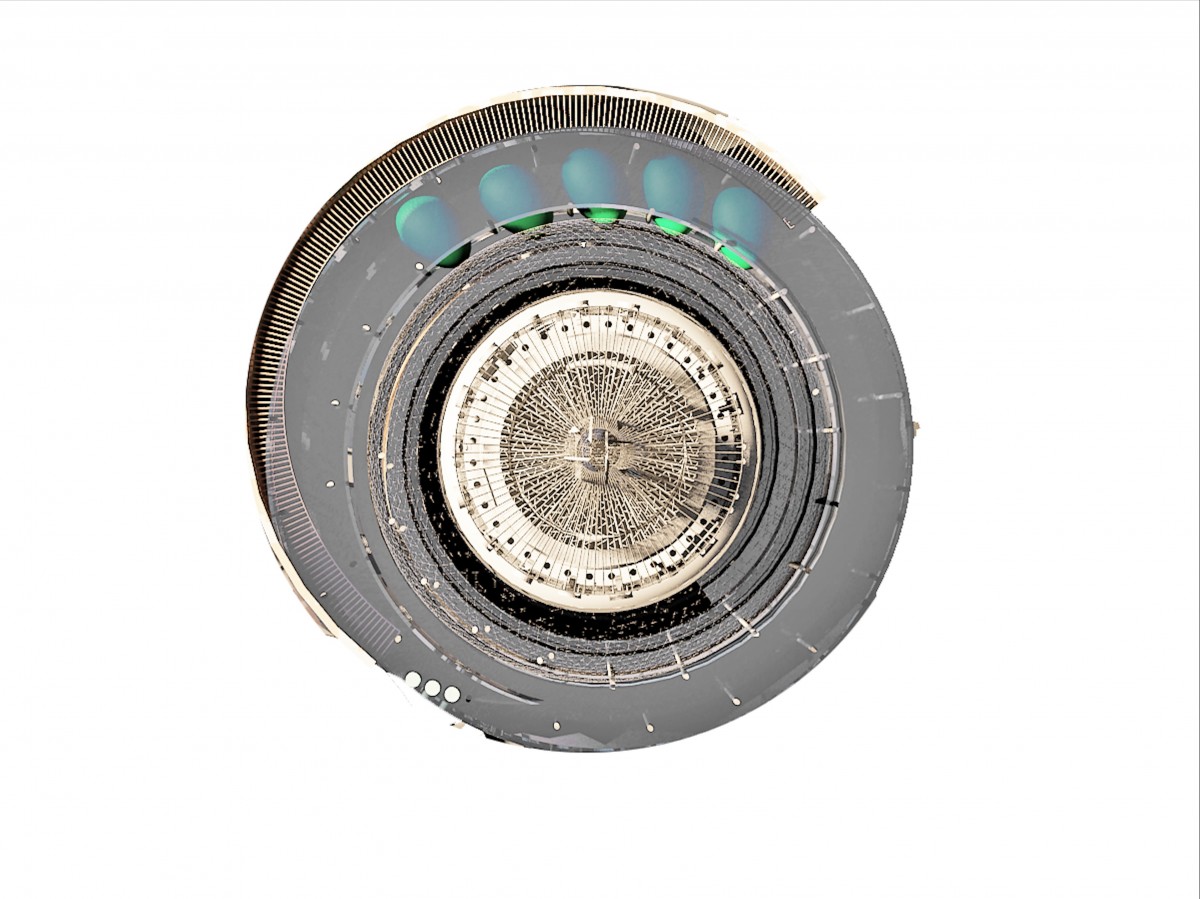





A Tower for Sıght and the Invısıble
One must sometimes remind oneself that the tower, as it emerges from the fairy tales and chronicles of the Middle Ages, was never merely a structure but always a promise: the promise of seeing farther than the eye can reach and knowing more than humans are meant to know. Perhaps this explains our insatiable desire to erect towers that touch the sky, even though we have long since bid farewell to the gods.
A tower rising 350 meters into the air — a construction so bold it inevitably conjures up Babel — is not merely a matter of concrete, steel, and statics. It is a semiotic monument. For what does height mean if not the longing for oversight, for distance from the everyday, for that godlike perspective that allows us to recognize the world as a pattern?
Yet this tower is not only meant to satisfy human curiosity, that same curiosity which, as with medieval city wall towers, gazed out to spot enemies or storms in time. No — here, two desires converge: the archaic desire for a view and the modern thirst for the invisible. For on its slender pinnacles, delicate antennas carry the voices and images of the media in all directions. A tower as a symbol of visibility that simultaneously transmits the unseen: waves, data, signals — ethereal yet omnipresent.
The engineering required here is dialectical in nature: the higher we build, the lighter the material must become. The statics demand weight; gravity insists on lightness. Architecture becomes a dance on the razor’s edge between mass and immateriality. Is it mere coincidence that such towers often become icons of modernity? Think of the Eiffel Tower, that iron colossus so heavy and so delicate at once, that in its time it seemed like a paradox — a promise of a future in which matter would be forced to serve the mind.
But more than that: this tower must not only be a technical marvel but also a stage for the gaze. From 350 meters up, the world looks different. Street patterns become ornaments, houses shrink to miniatures, people blur into dots, scarcely distinguishable from birds. Perhaps it is this perspective that reminds us we live in patterns and structures we only recognize when we detach ourselves from them. A tower of such height is a philosophical instrument — it compels us to renegotiate our relationship with the earth and the sky.
Thus the tower becomes a semiotic node: a sign of power, progress, communication — and at the same time a symbol of the eternal fragility of human hubris. For every tower is also a balancing act: against the winds, the storms, and time itself. Perhaps its true allure lies precisely in this fragility.
In the end, it is probably thus: we build these towers because we know they will one day fall again. But for a moment, for a generation, they grant us the illusion that we can escape the things that bind us to the ground. A tower is never merely stone, steel, or glass — it is a thought woven from light and height.
———————————————————————————————————————
Bir Kule: Görüş ve Görünmeyenin Hizmetinde
Bazen kendimize hatırlatmak gerekir ki kule, Orta Çağ masallarından ve kroniklerinden bize uzanan haliyle asla yalnızca bir yapı değildir; her zaman bir vaat taşır: Gözün erişebileceğinden daha uzağı görme ve insana bahşedilenden fazlasını bilme vaadi. Belki de gökyüzüne dokunan kuleler inşa etme arzumuza doyamayışımız bundandır — tanrılara veda edeli çok olsa da.
350 metre yüksekliğe ulaşacak bir kule — öyle iddialı bir yapı ki ister istemez Babil Kulesi’ni hatırlatır — yalnızca beton, çelik ve statik hesaplardan ibaret değildir. O bir gösterge anıtıdır. Zira yükseklik, gözün erişemediğini arzulamaktan, gündelik olandan uzaklaşma arzusundan, dünyayı bir desen olarak görebilme güdüsünden başka nedir ki?
Ama bu kule, insan merakını — Orta Çağ şehir suru kulelerinde olduğu gibi ufka bakarak düşmanı ya da fırtınayı erken fark etme isteğini — tatmin etmekle yetinmez. Hayır; burada iki arzu birleşir: Manzara arzusu ve modern çağın görünmeyene duyduğu susuzluk. Çünkü kule, zarif antenleriyle medya dünyasının seslerini ve imgelerini dört bir yana taşır. Görünürlüğün simgesi bir kule, aynı anda görünmeyeni — dalgaları, verileri, sinyalleri — yayar; maddesizdir ama her yerdedir.
Burada istenen mühendislik tam anlamıyla diyalektiktir: Ne kadar yükseğe çıkmak istiyorsak, kullanılan malzeme o kadar hafif olmak zorundadır. Statik dayanıklılık ağırlık ister, yerçekimi hafifliği dayatır. Mimarlık, kütle ile maddesizlik arasında bir ustura yürüyüşüne dönüşür. Böylesi kulelerin modernitenin simgeleri haline gelmesi tesadüf müdür? Düşünelim: Eyfel Kulesi — hem ağır hem narin bir demir devi; kendi çağında bir paradoks gibi — maddenin zihne hizmet ettiği bir geleceğin vaadi.
Ama daha fazlası var: Bu kule yalnızca teknik bir harika değil, bakışın sahnesi olmalıdır. 350 metreden dünya bambaşka görünür. Sokak desenleri birer süslemeye dönüşür, evler minyatüre, insanlar noktalara — kuşlardan ayırt edilemeyecek kadar küçük. Belki de bu bakış açısı, bizi kendi desenlerimizle yaşadığımızı ama onları fark edebilmek için onlardan uzaklaşmamız gerektiğini hatırlatır. Böyle bir yükseklik, felsefi bir araçtır — bizi yeryüzü ve gökyüzüyle ilişkimizi yeniden tartışmaya zorlar.
Böylece kule, bir gösterge düğümüne dönüşür: Gücün, ilerlemenin, iletişimin işareti — aynı zamanda insan kibirinin sonsuz kırılganlığının sembolü. Çünkü her kule bir denge oyunudur: Rüzgârlara, fırtınalara, zamana karşı. Belki de asıl cazibesi tam da bu kırılganlığındadır.
Sonunda mesele şudur: Bu kuleleri inşa ederiz çünkü bir gün tekrar yıkılacaklarını biliriz. Ama bir anlığına, bir nesil boyunca, bizi yere bağlayan şeylerden kurtulabileceğimiz yanılsamasını bize sunarlar. Bir kule asla yalnızca taş, çelik ya da cam değildir — ışık ve yükseklikten dokunmuş bir düşüncedir.
#ÇamlıcaPanoramaTower #IstanbulSkyline #ArchitecturalInnovation #BosphorusView #HistoricalPeninsula #StructuralEngineering #MaterialLightness #SeismicResilience #InteractiveSpaceRing #360DegreeView #TurkishArchitecture #LandmarkDesign #CityscapeMarvel #InnovativeElevator #VisitIstanbul #ArchitecturalIcon


